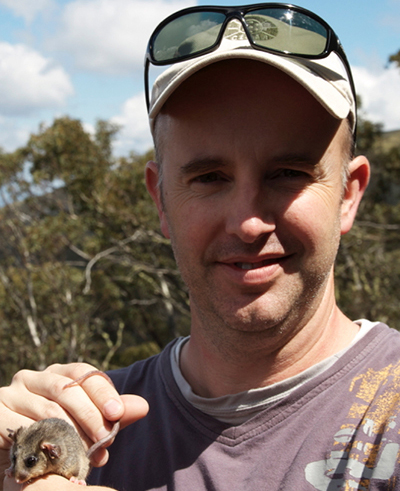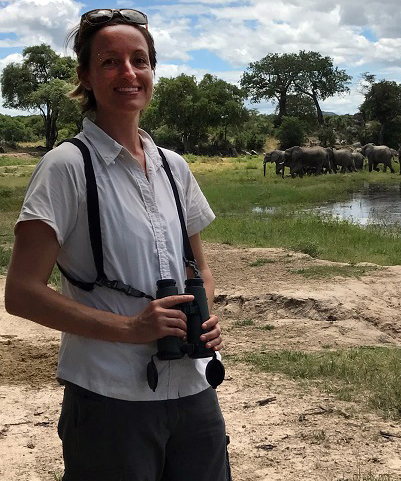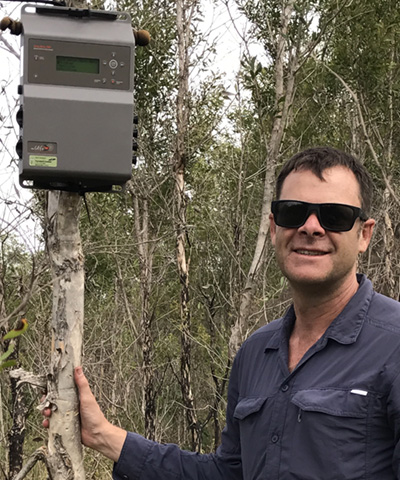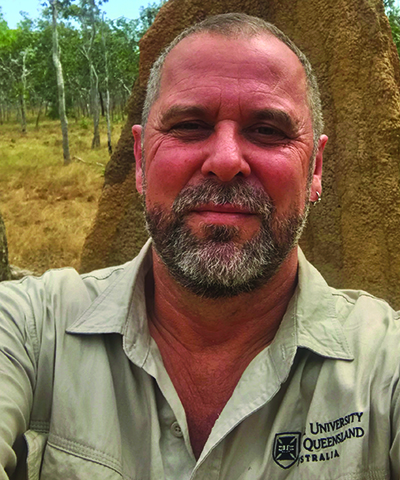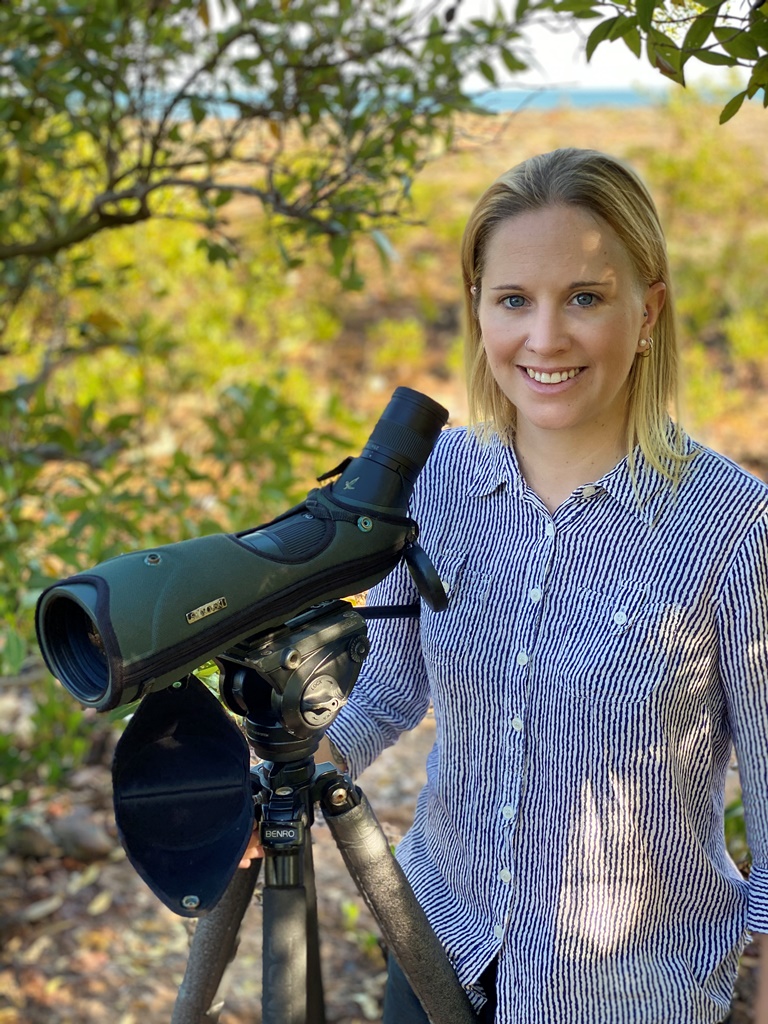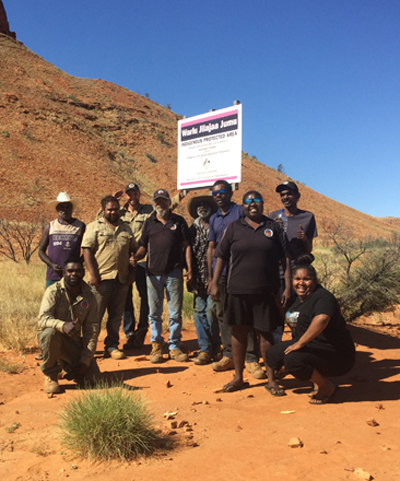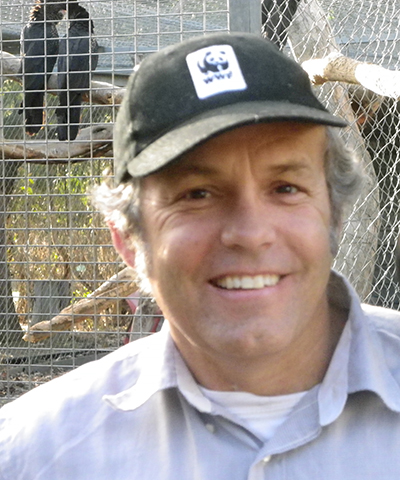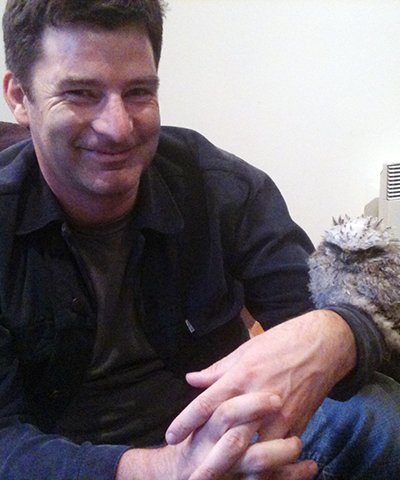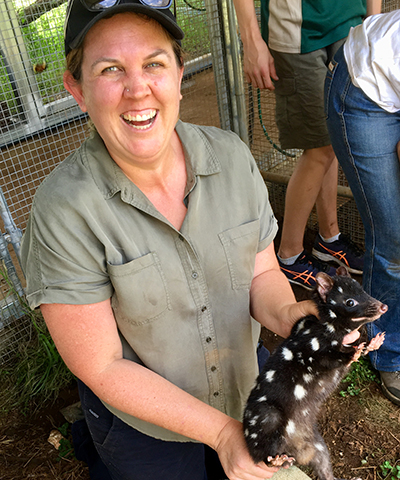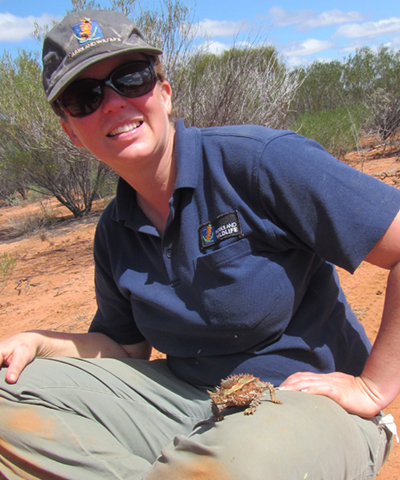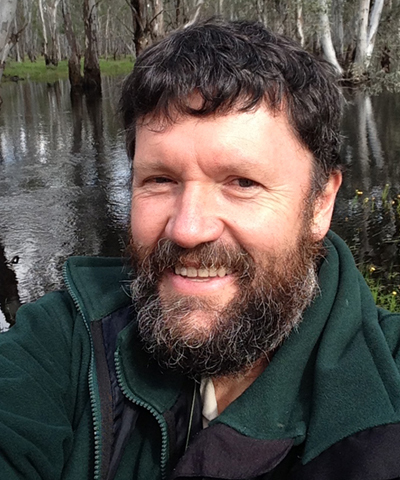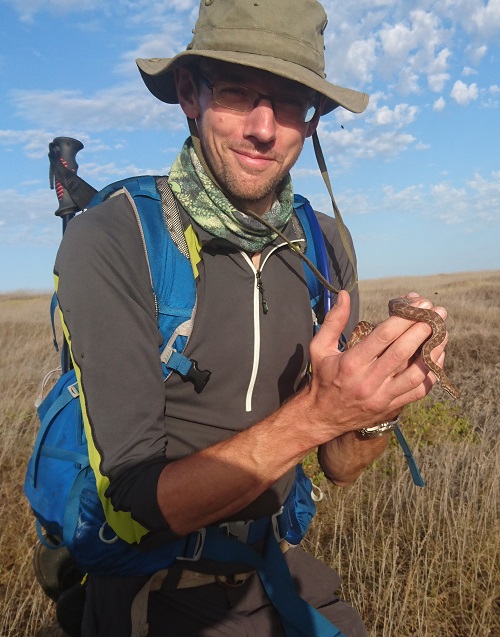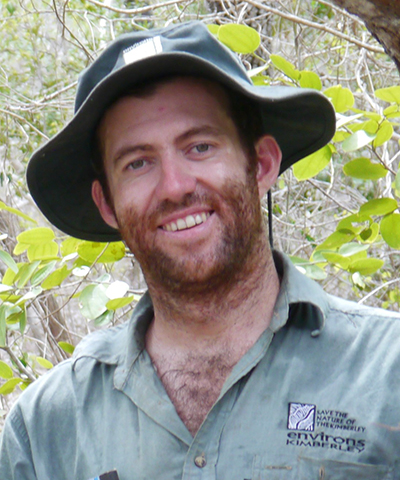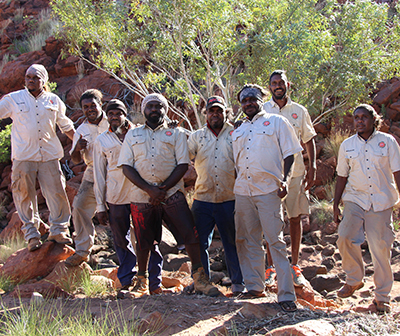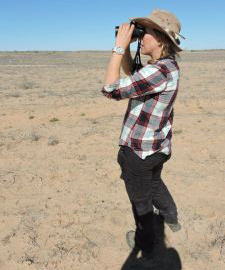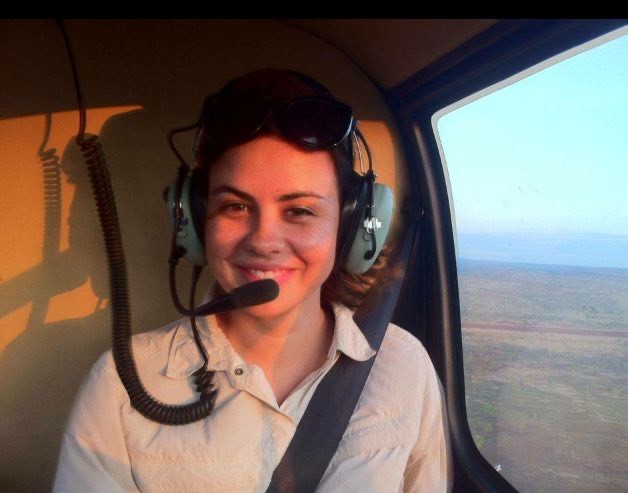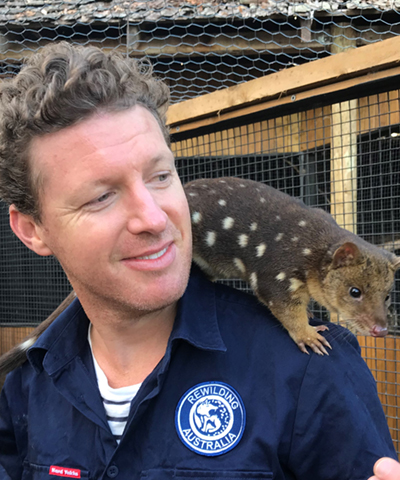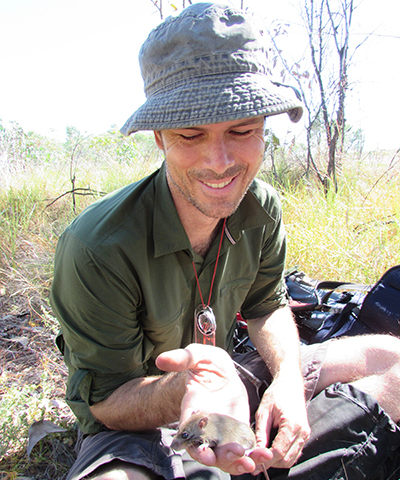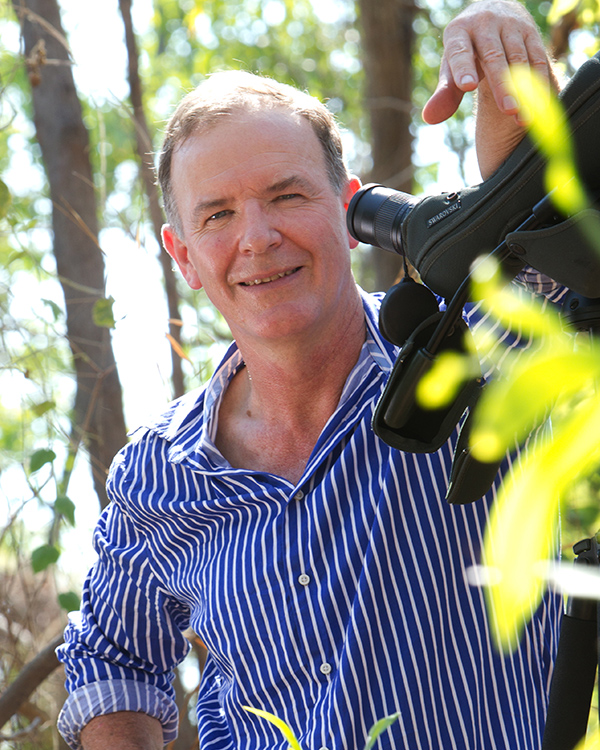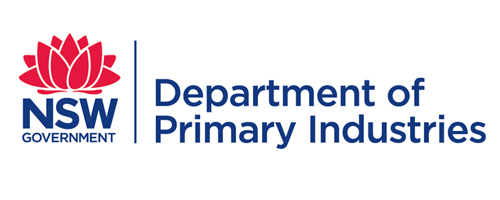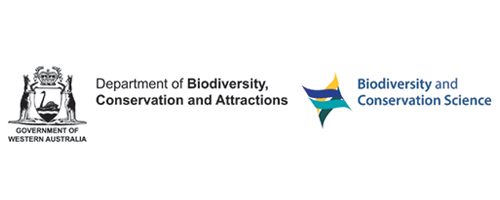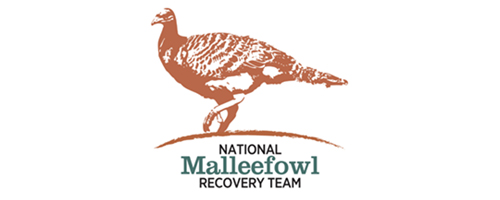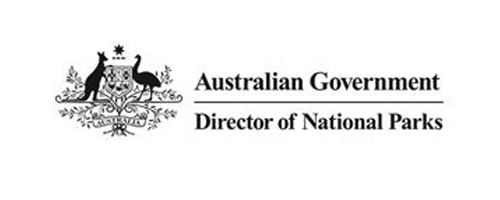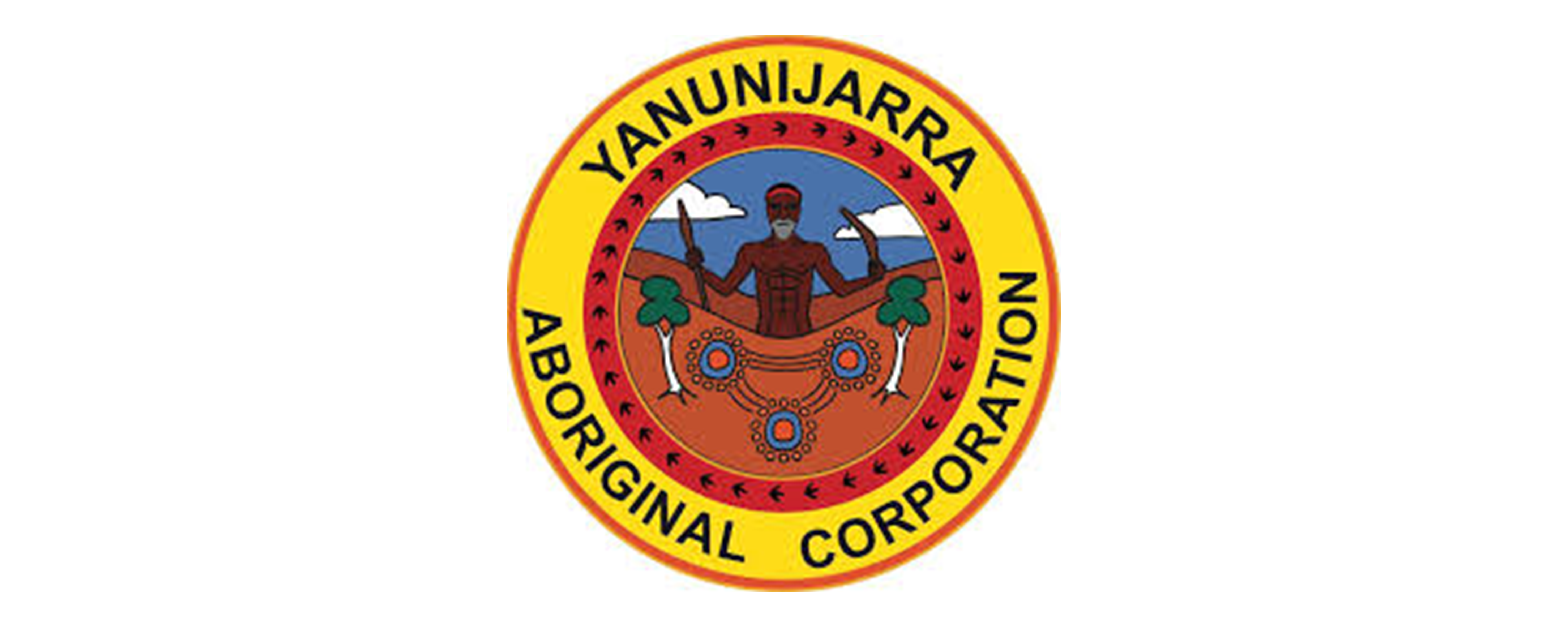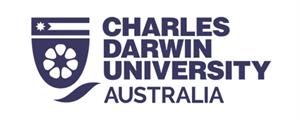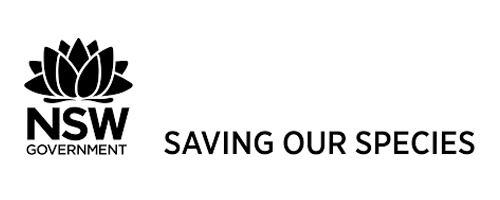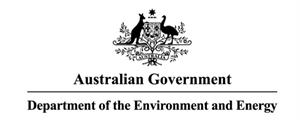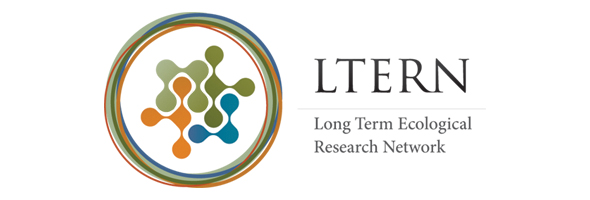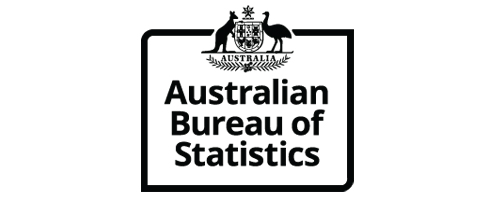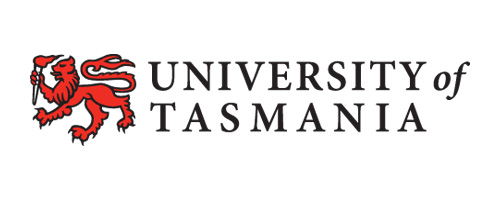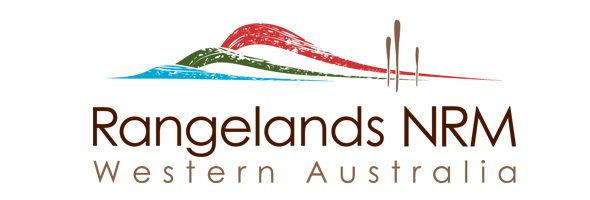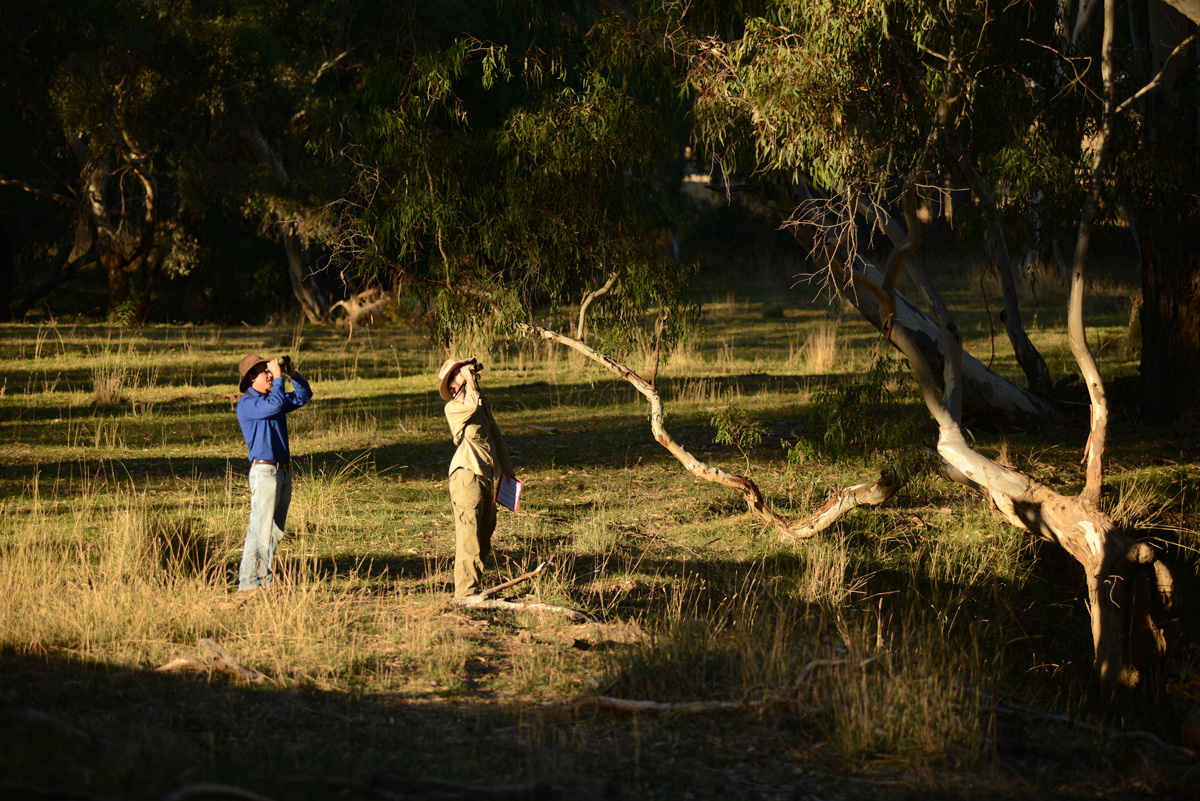
Theme 3.0
Monitoring and management
Improved monitoring and management of threatened species and threatened ecosystems, including the effectiveness of interventions, is essential to learn what conservation actions work best.
A better understanding of the current condition of ecosystems is the first step in this process.
This theme will focus on:
- Improved reporting and information on threatened species and ecological communities
- Better prediction of threatened species trajectories
- Practical adaptive management for threatened species conservation and recovery programs improvement.
Projects
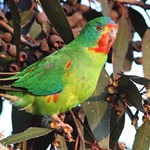
Developing a threatened species index
3.1
This project will develop and evaluate a set of indices that can provide reliable and robust measures of population trends across Australia’s threatened species. This will support more coherent and transparent reporting of changes in biodiversity across national, state and regional levels.
Improving threatened species monitoring
3.2
This project aims to improve the design and implementation of cost-effective monitoring for threatened species. The project will assess the extent and quality of monitoring across threatened species, and seek to understand what contributes to good monitoring.
Using reintroductions to understand causes of mammal declines and extinctions at Booderee National Park
3.2.2.1
Active management in Booderee National Park has stabilised declines of many species and created conditions considered suitable to trial reintroductions of at least three regionally extinct mammals. This project will support Parks Australia in planning and monitoring the releases.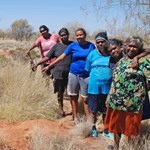
Monitoring Threatened Species on Indigenous lands: Bilbies in the Martu Determination
3.2.2.2
Martu people are traditional owners of over 14 million hectares of the western deserts, one of the last strongholds of the greater bilby. The project is combining Indigenous knowledge and Western scientific techniques to create and establish bilby monitoring and data management programs that will be implemented by Martu Kanyirninpa Jukurrpa Rangers.
A tool for evaluating biodiversity monitoring programs in national parks
3.2.2.3
Monitoring is crucial for determining trends in plant and animal populations and their response to management. However, decisions about how much to invest in monitoring, and where, when and how to allocate monitoring effort, are complex. This project will further develop a computer simulation tool (SPOTR) for evaluating the performance of biodiversity monitoring programs.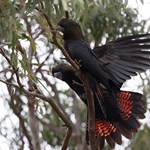
Bioacoustic monitoring of breeding in glossy and red-tailed black-cockatoos
3.2.2.4
Breeding success is a key limiting factor in population recovery for the threatened glossy black-cockatoo and south-eastern red-tailed black-cockatoo. Monitoring is important to guide conservation actions, however these species are difficult to monitor using traditional methods. This project will develop novel bioacoustic methods to monitor breeding in these species.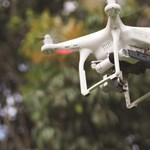
Using drones for biodiversity monitoring
3.2.3.1
This project will trial the performance of drones with thermal cameras to provide tangible advice to managers about when they should be used to augment traditional ecological monitoring approaches. It will also develop a framework for designing drone-based surveys, and evaluate the statistical and technical trade-offs between different survey designs.
Thermal imaging for biodiversity monitoring
3.2.3.2
Traditional techniques for monitoring wildlife such as spotlighting are often too expensive, inefficient or impractical for widespread use. New technologies and new advances in survey methods have the potential to provide data that are more accurate for lower costs.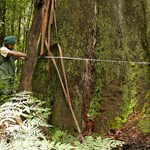
Ecosystem Accounts in the Victorian Central Highlands
3.2.4
Natural resource management is complex and involves policy compromises. Discord between environmental and economic metrics creates problems in assessing trade-offs between current and potential resource uses. Ecosystem accounts, which quantify ecosystems and their benefits for human wellbeing provide exciting opportunities to contribute significantly to the policy process.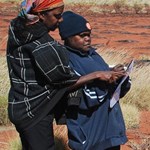
Arid Zone Monitoring: Surveys for vertebrates across arid and semi-arid zones
3.2.5
We know little about the distribution, abundance, and status of desert wildlife. This project is working with indigenous and non-indigenous partners to collate and analyse this information, to produce a collective picture of the distributions of desert species and their threats, and how these are changing over time.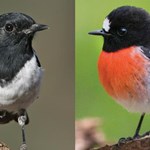
Evidence-based management protocols for recovery of multiple threatened woodland birds
3.2.6
Eastern Australia’s temperate woodlands have been significantly cleared, with 80% of their former extent already gone, and the classically Australian woodland bird community that is inseparably bound with them disintegrating.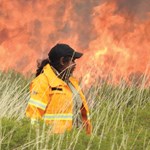
Managing jila and fire on Ngurrara Country
3.2.7
Jila and jumu (desert water sources) are critical components of the ecological and cultural fabric of desert ecosystems. The Ngurrara team aims to develop a monitoring program to chart the ecological as well as the cultural outcomes of jila management, so they can respond to changes appropriately.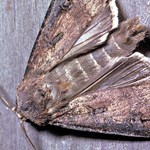
Monitoring bogong moth population change
3.2.8
Recent reports of bogong moth migration failure have caused major concerns among managers, ecologists and the general public. This project seeks to establish a robust bogong moth monitoring strategy that will provide accurate estimates of the annual variation in biomass available to mountain pygmy possums.
Practical adaptive management to improve threatened species conservation programs
3.3
This project will develop general guidelines and specific practical case studies that demonstrate how adaptive management techniques can be integrated into (and then significantly improve) conservation management.
Adaptive Management for threatened mammals in the Victorian Central Highlands
3.3.2
Many species of mammals and birds are dependent on the Mountain Ash forests of Victoria’s Central Highlands. This project will use analysis of existing long-term monitoring data, new field-based experimental research and radio-tracking to strengthen the scientific evidence base of strategies to secure the long-term conservation of species dependent on these forests.
The conservation of Greater Glider populations in the Victorian Central Highlands
3.3.4
The project focuses on greater glider populations in the mountain ash forests of the Victorian Central Highlands, aiming to 1) quantify how populations in the focus region are changing across space and over time; and 2) identify the factors underpinning the observed changes.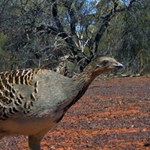
Recovering malleefowl with adaptive management of feral predators
3.3.5
The distribution and abundance of malleefowl (Leipoa ocellata) has declined markedly since the arrival of Europeans to Australia. The main identified threats include habitat loss and fragmentation, herbivore grazing, changed fire regimes and invasive predators.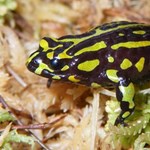
Adaptive reintroduction strategies for the northern corroboree frog
3.3.6
Reintroductions of the Critically Endangered northern corroboree frog have met limited success due to the continued effects of chytrid fungus. This project will develop and trial innovative new translocation and reintroduction approaches, to reestablish wild populations of the northern corroboree frog in the ACT.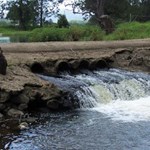
Mitigating and managing barriers to fish passage and improving river connectivity
3.3.7
This project will fill knowledge gaps about the swimming ability and behaviour of declining native fish species; their susceptibility to altered environmental conditions; and their ability to adapt to these altered conditions. The results will inform the design of fishways around physical barriers and the management of cold water releases from dams.Project Leaders
Project Team
Related News
-
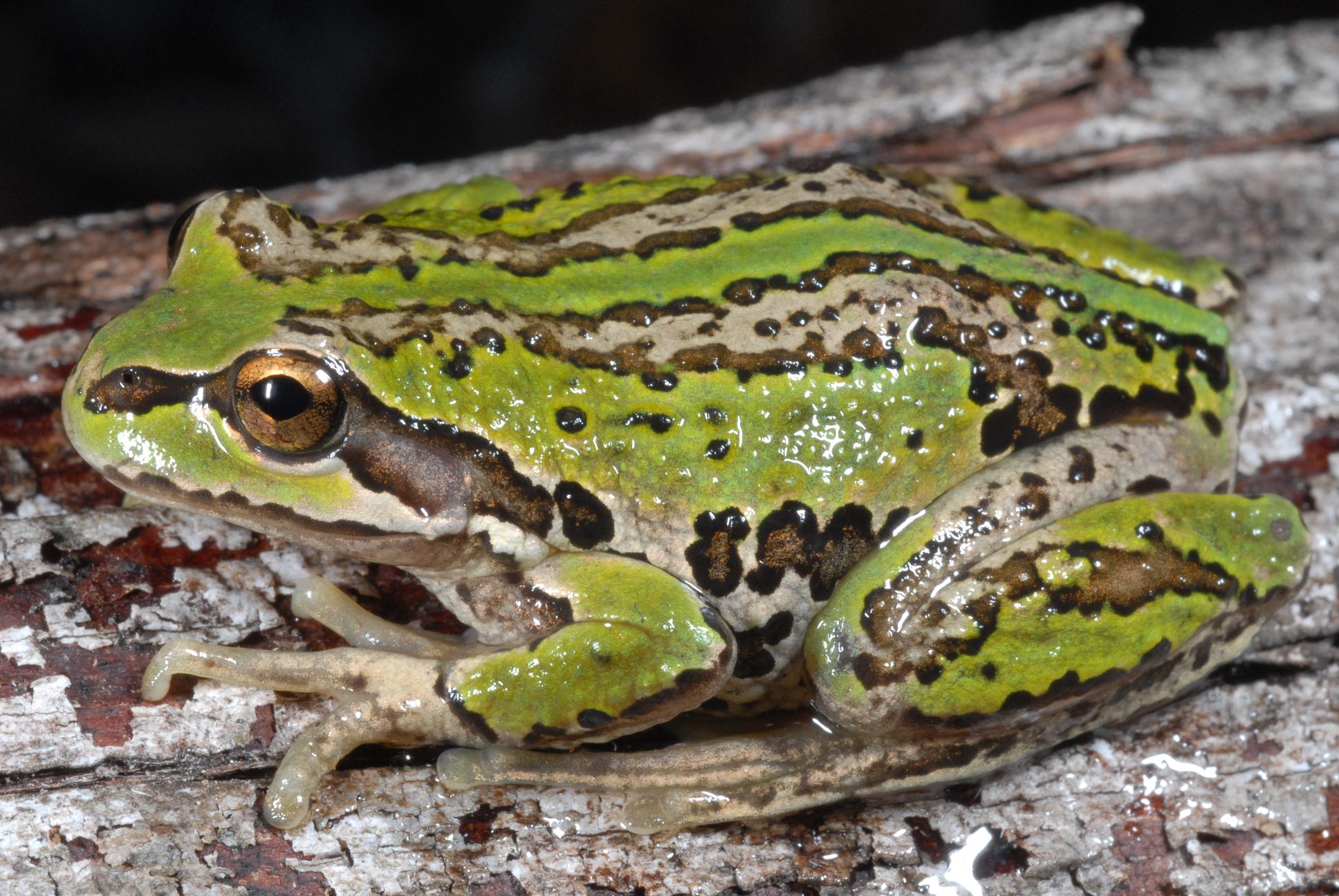
The Niche-Reduction Hypothesis: Rethinking how we manage threatened species
Thursday, 25 May 2017 -

Long-term monitoring at Booderee National Park Reveals valuable insights for park management
Tuesday, 01 September 2020 -
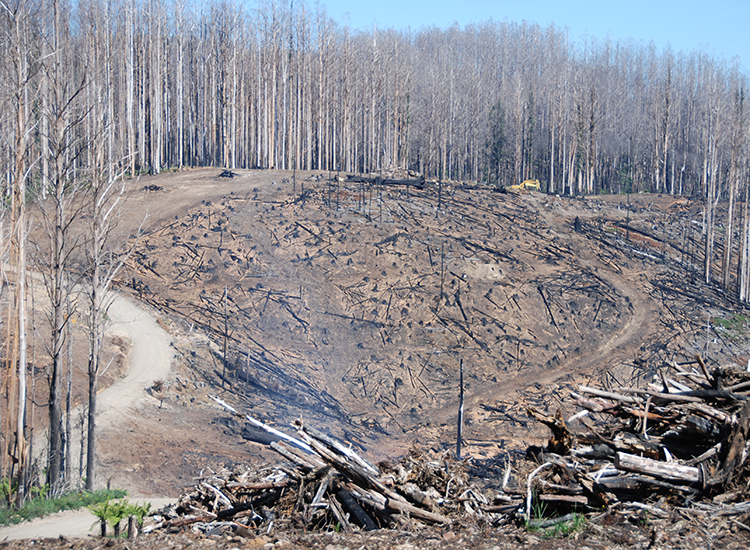
Forest condition before a fire influences recovery
Wednesday, 02 September 2020 -
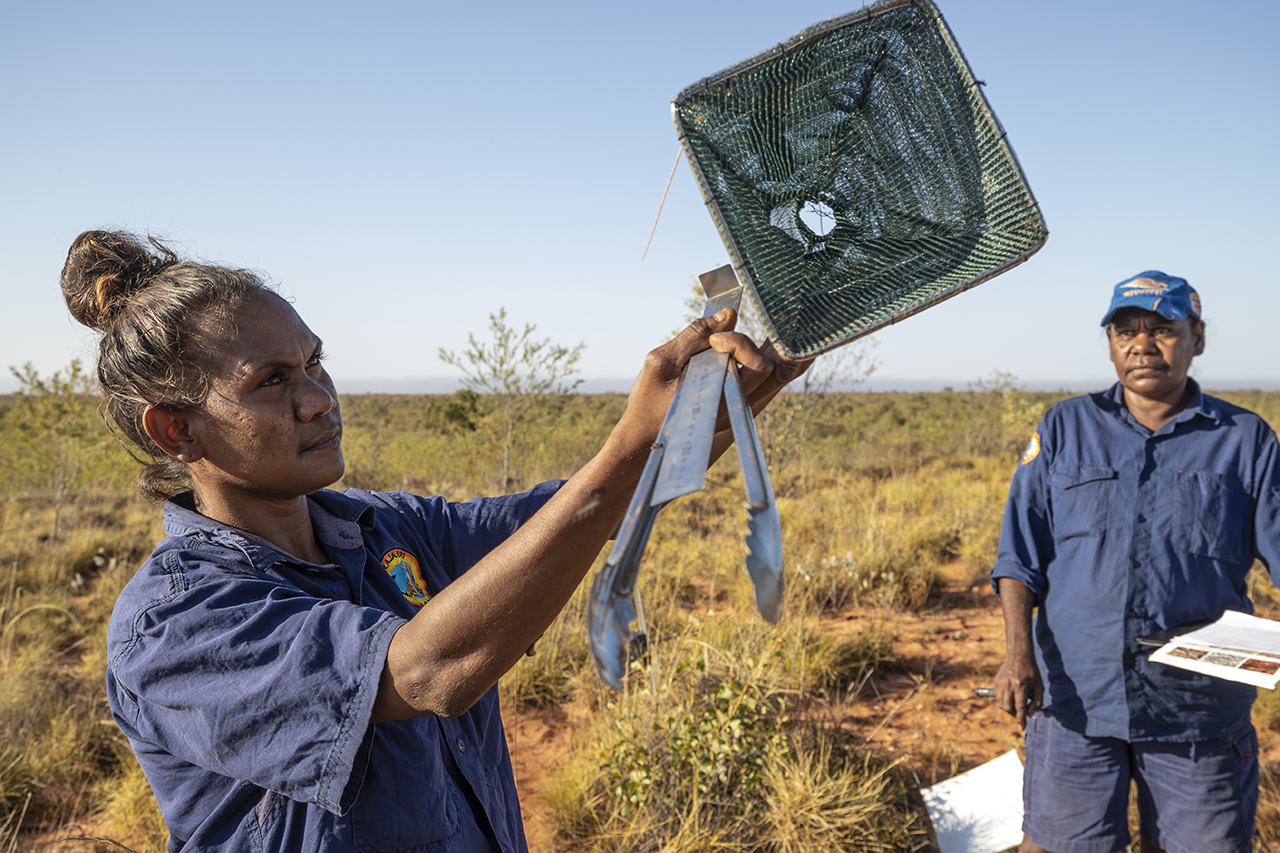
Indigenous Engagement Protocols: Forging respectful, meaningful partnerships for research impact
Wednesday, 21 October 2020 -
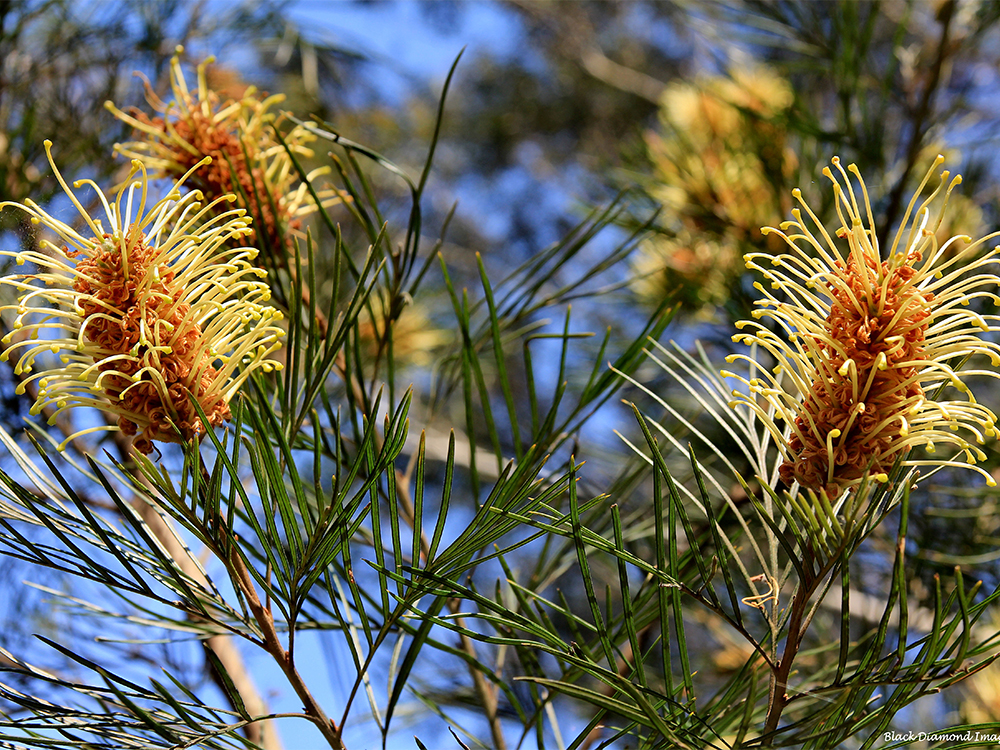
Threatened plant trends in the spotlight
Thursday, 11 March 2021 -
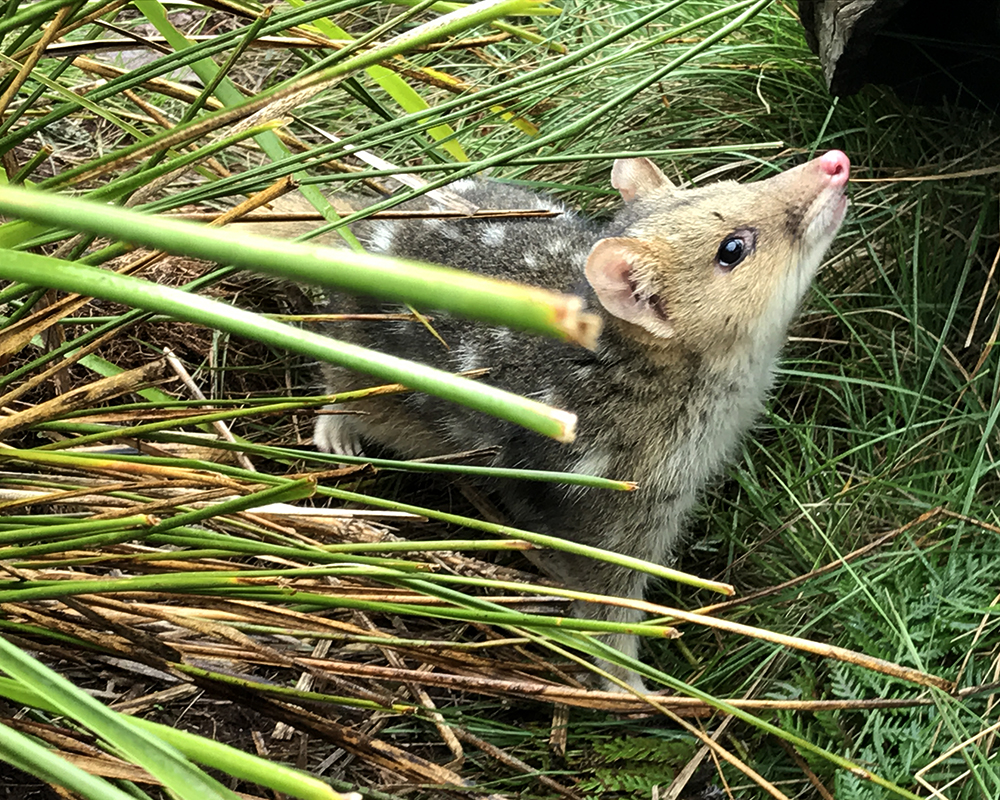
Threatened species returning to Booderee National Park
Monday, 04 September 2017 -
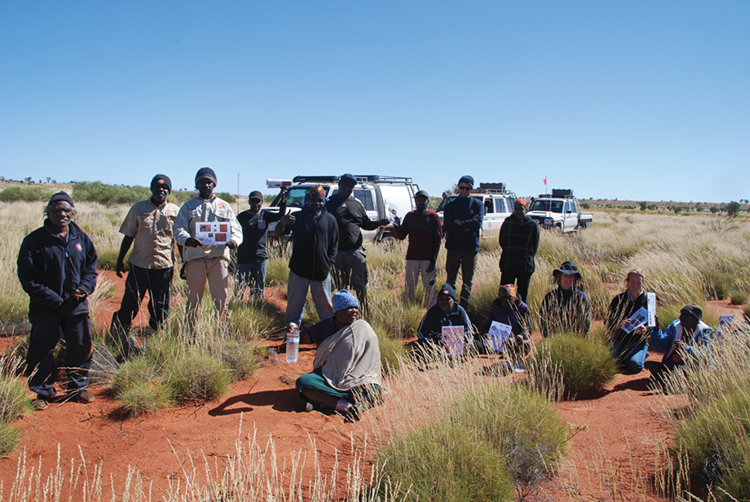
A Martu method for monitoring mankarr (greater bilby)
Tuesday, 20 August 2019 -
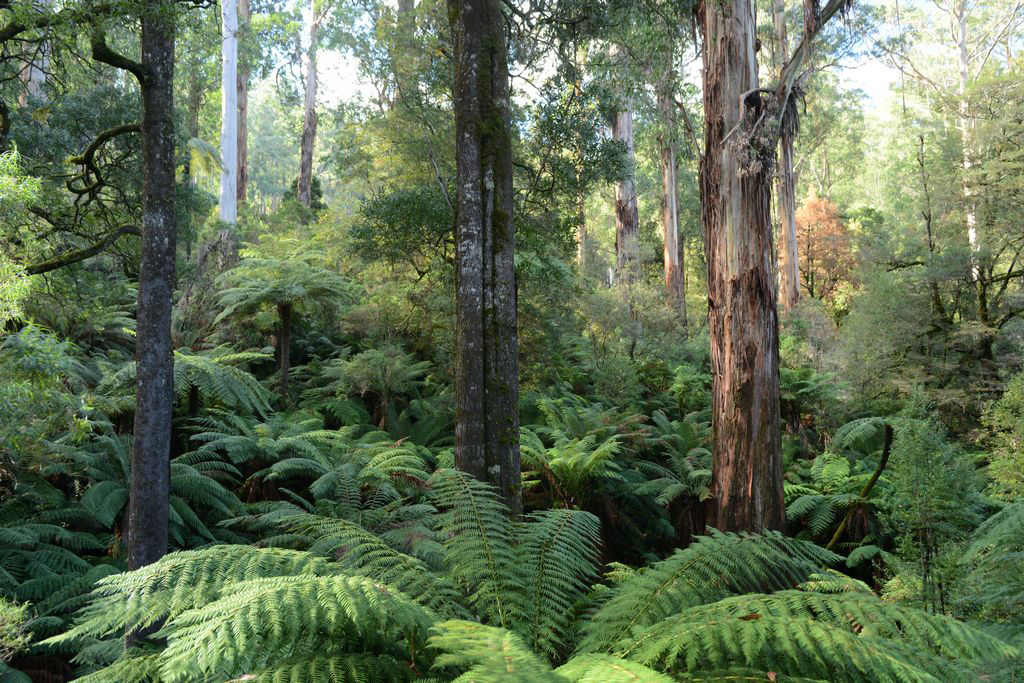
Accounting for ‘a home among the gum trees’
Sunday, 12 March 2017 -

Acoustic monitoring to fill knowledge gaps about cockatoo breeding
Saturday, 21 October 2017 -

Australian threatened bird populations drop by half in 30 years on average
Tuesday, 27 November 2018 -
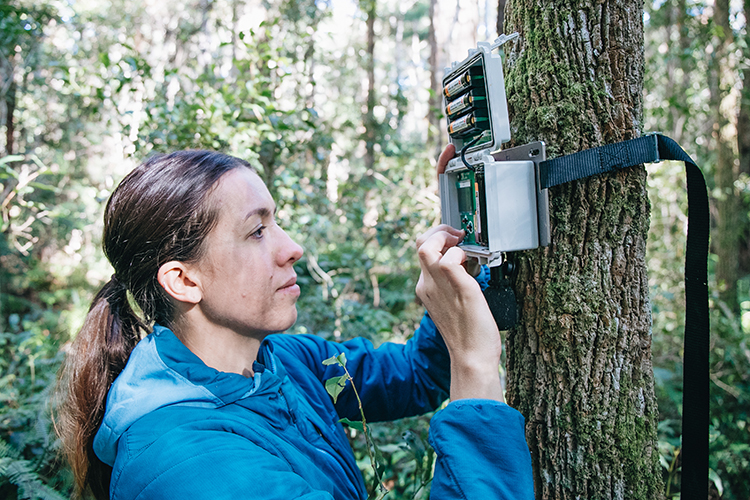
Better detection and monitoring vital for better conservation outcomes
Tuesday, 26 November 2019 -
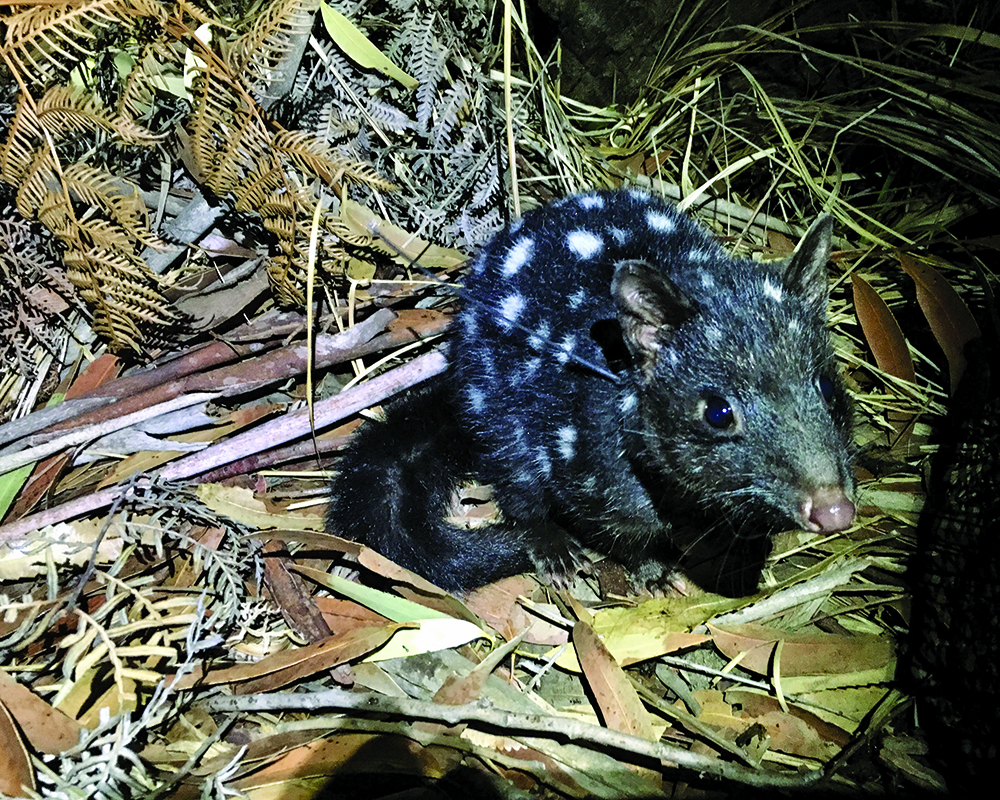
Bundles of quoll joy in Booderee
Monday, 24 September 2018 -
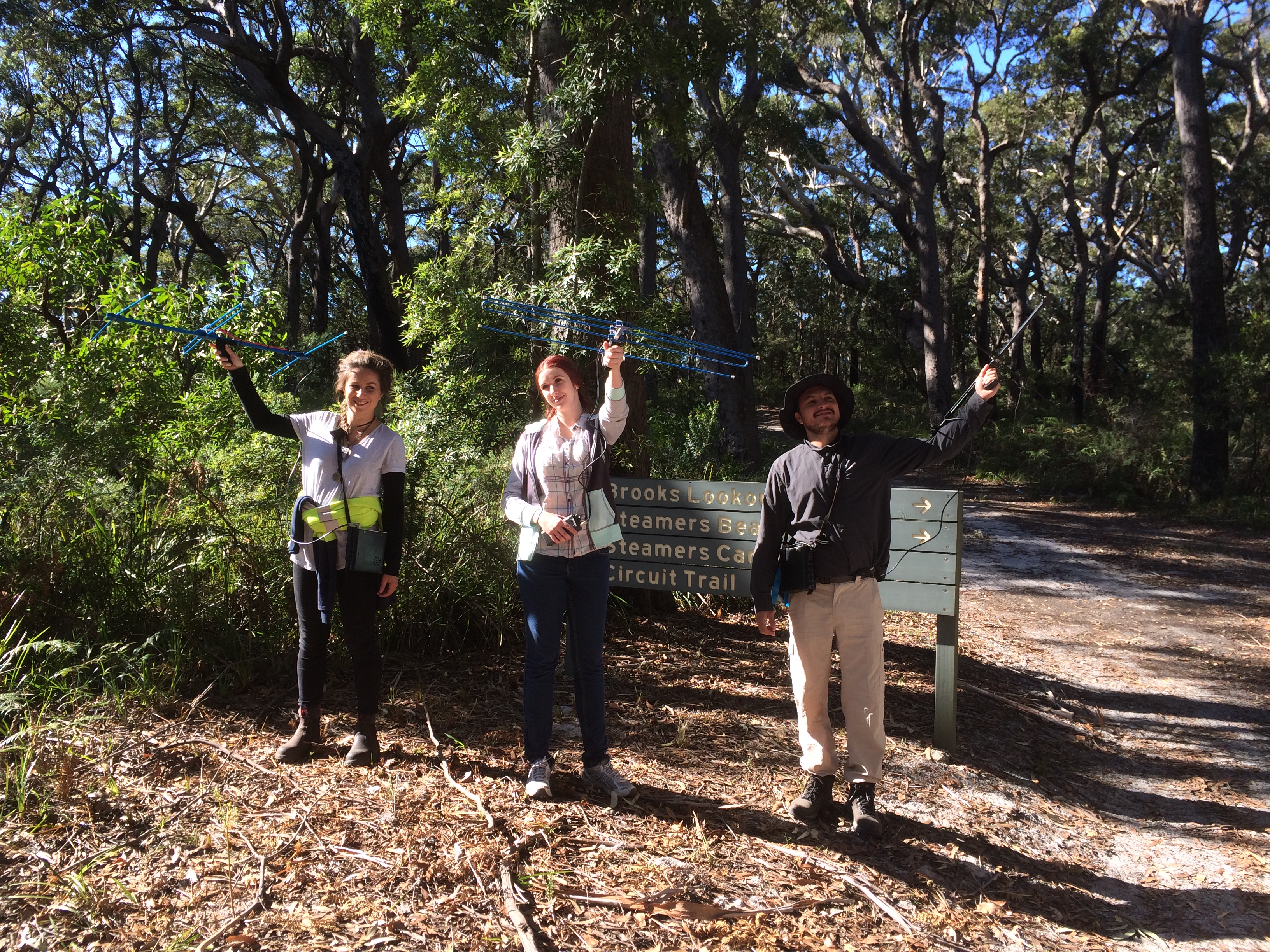
Call for survey participants for Threatened Species monitoring
Sunday, 16 October 2016 -

Call for threatened species data
Friday, 03 May 2019 -
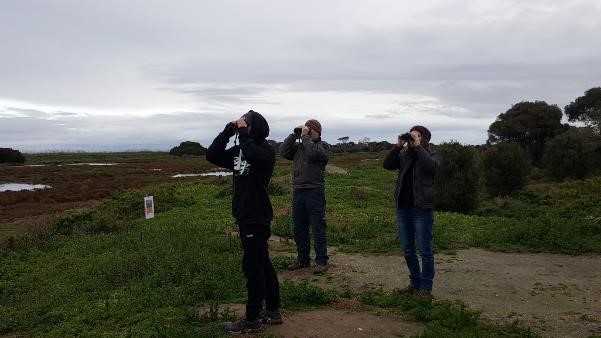
Calling for big data
Thursday, 06 October 2016 -

Collaborating for conservation: species monitoring
Monday, 10 October 2016 -
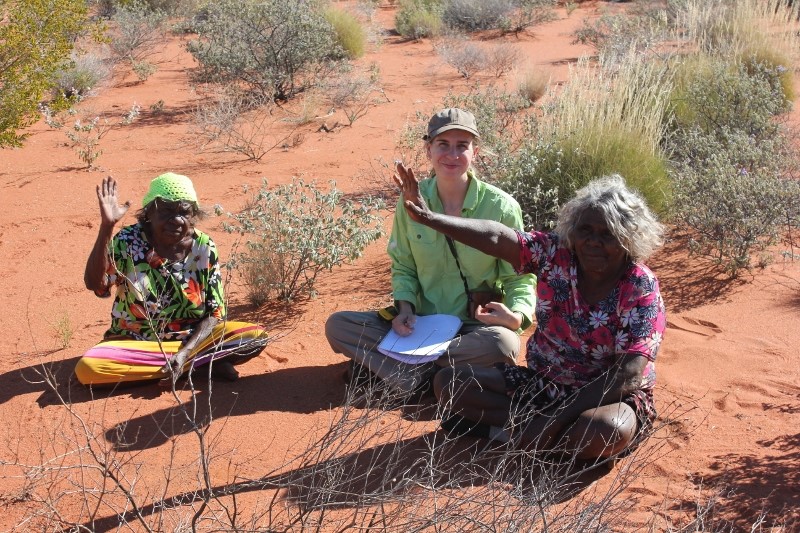
Designing a best-practice bilby monitoring program for Martu rangers
Thursday, 15 December 2016 -
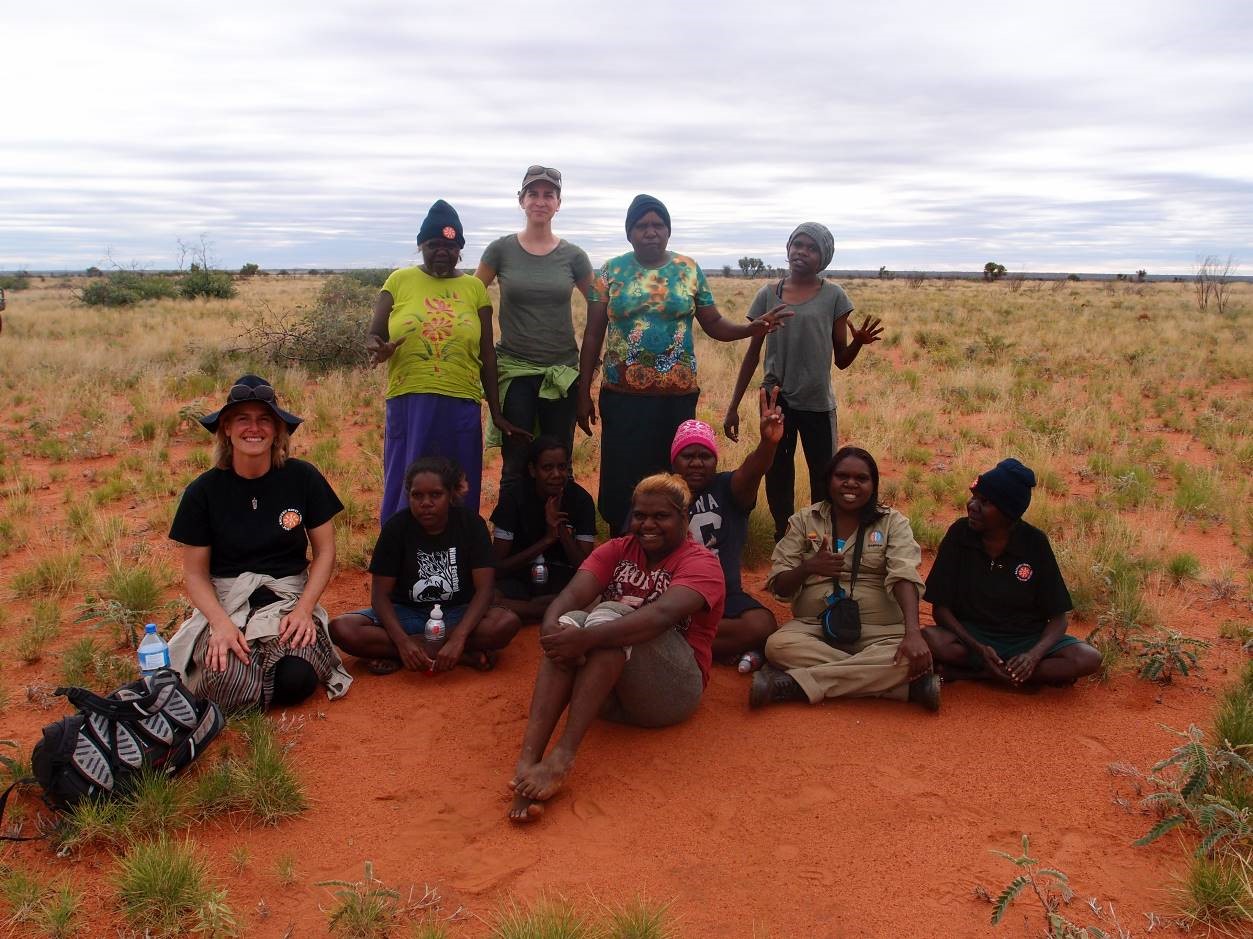
Endangered bilby connects communities across time and space
Wednesday, 06 July 2016 -
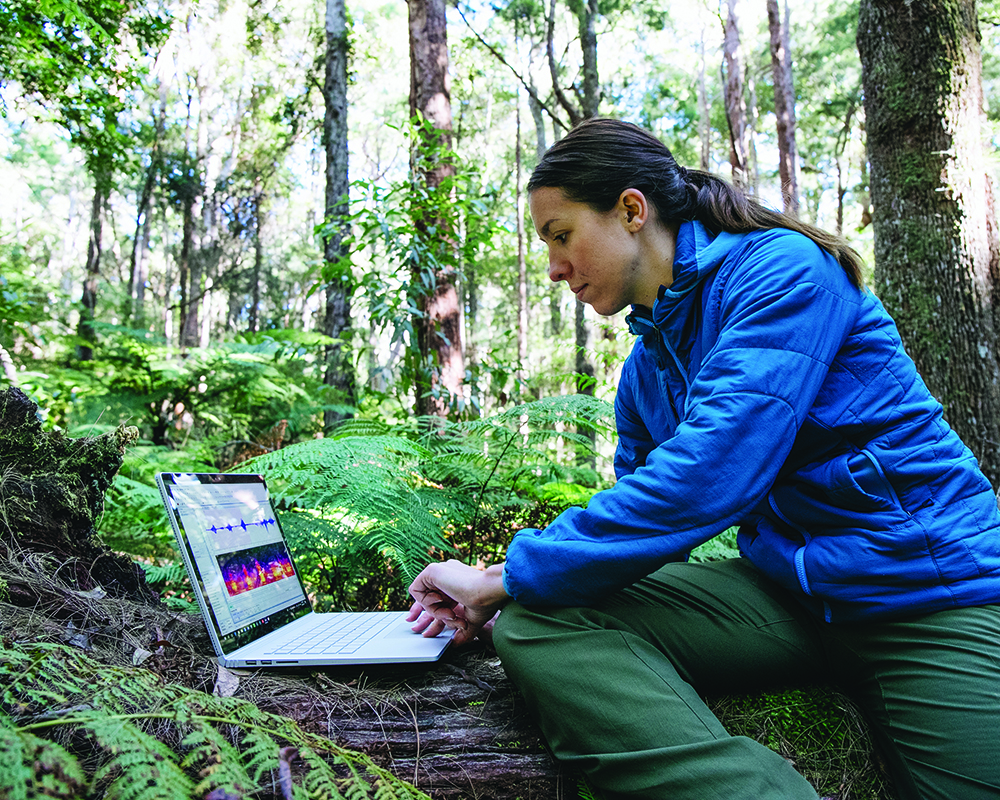
Filling the breeding knowledge gap: Bioacoustic monitoring of Endangered black-cockatoos
Monday, 24 September 2018 -

How did the fish cross the road? A new innovation to get fish past culverts
Tuesday, 12 March 2019 -
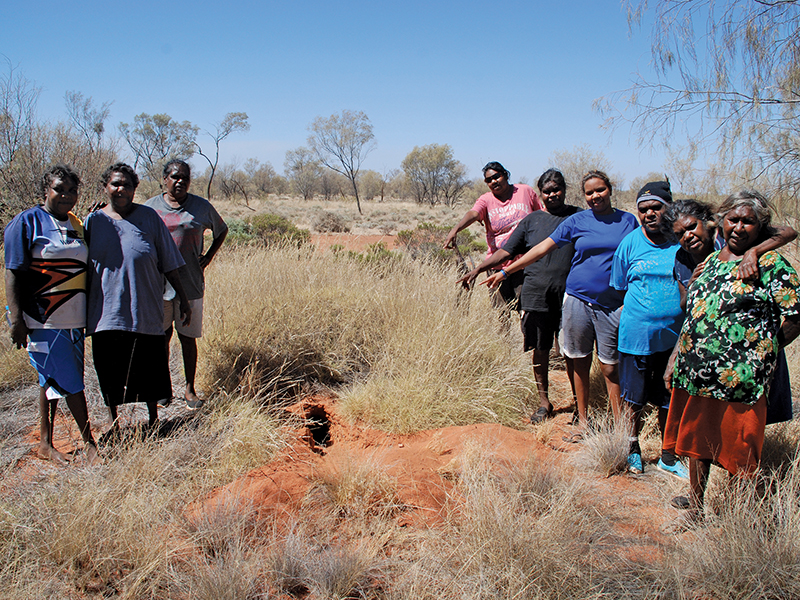
Indigenous land manager profile: Kanyirninpa Jukurrpa and Martu people
Tuesday, 30 June 2020 -
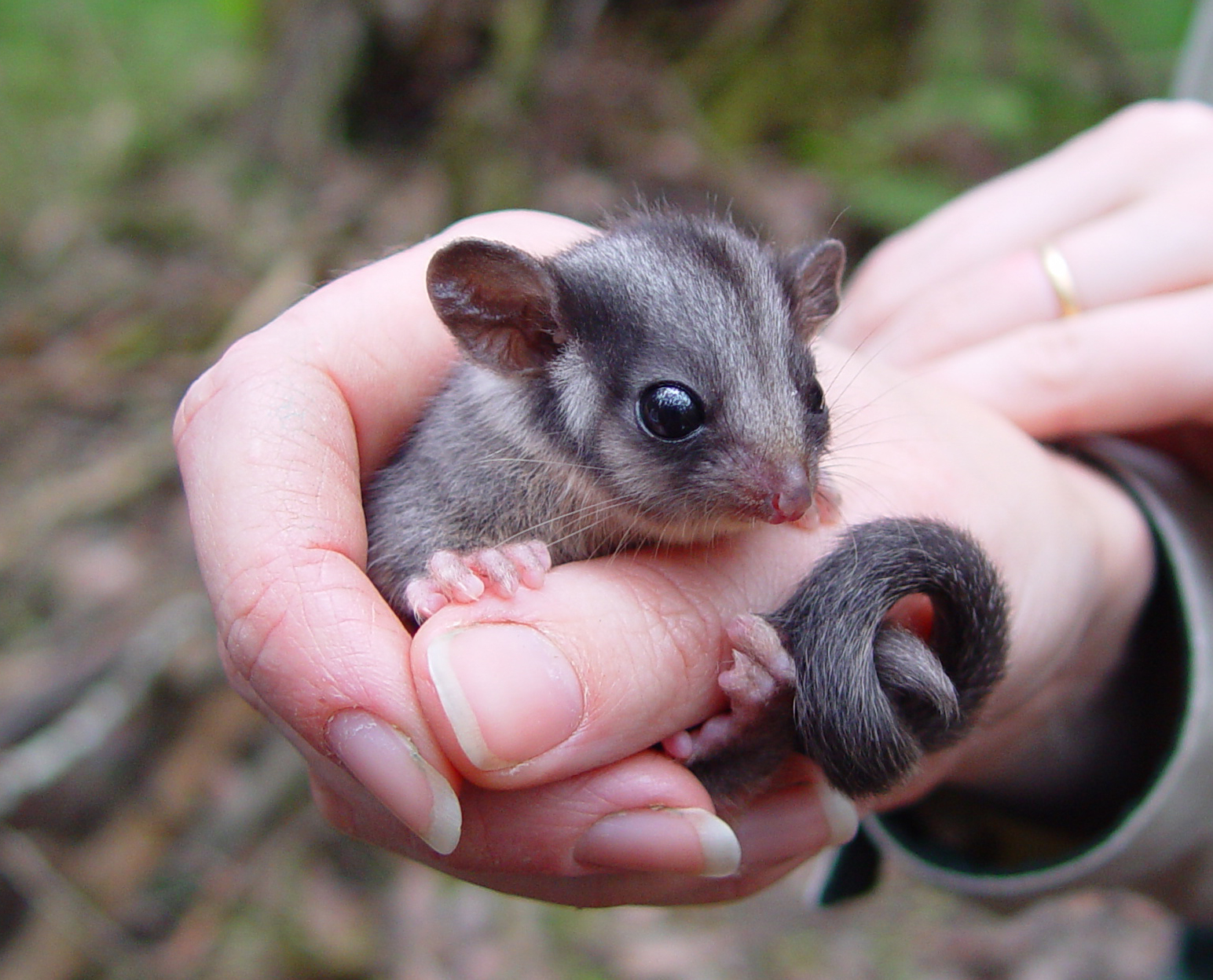
Leadbeater’s Possum on the brink
Sunday, 12 March 2017 -
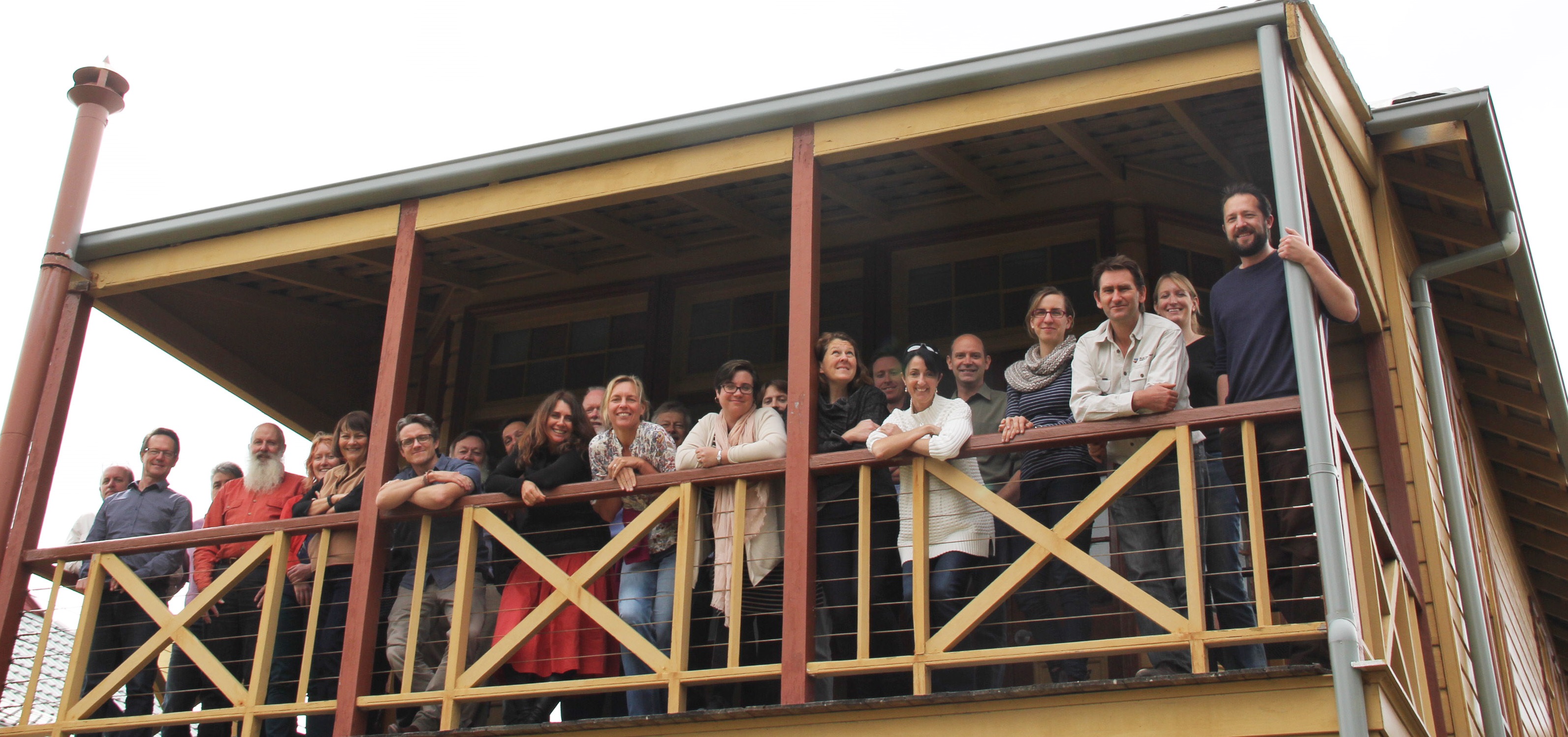
Making threatened-species monitoring count
Wednesday, 14 December 2016 -
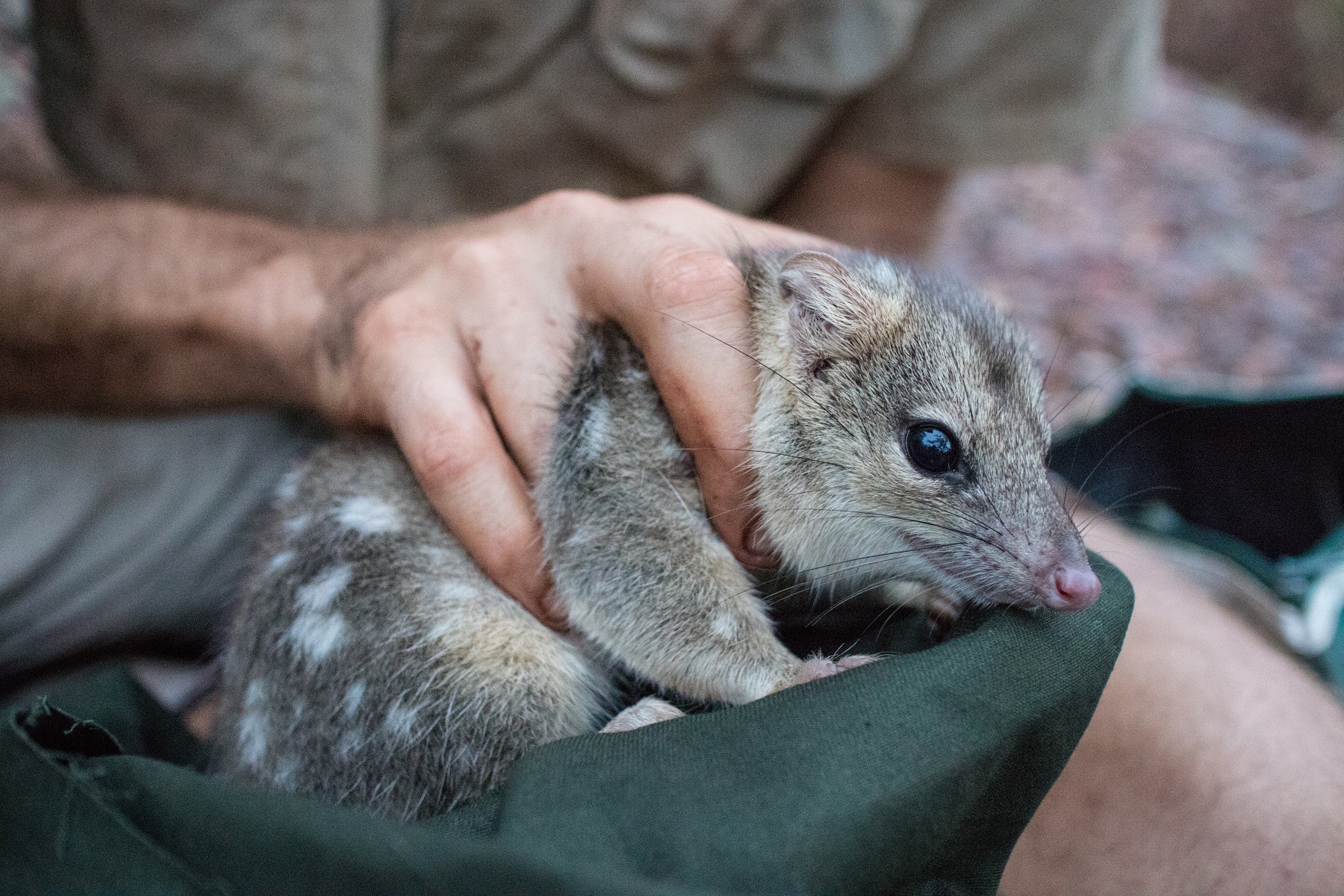
Monitoring for threatened species and ecological communities
Tuesday, 01 May 2018 -
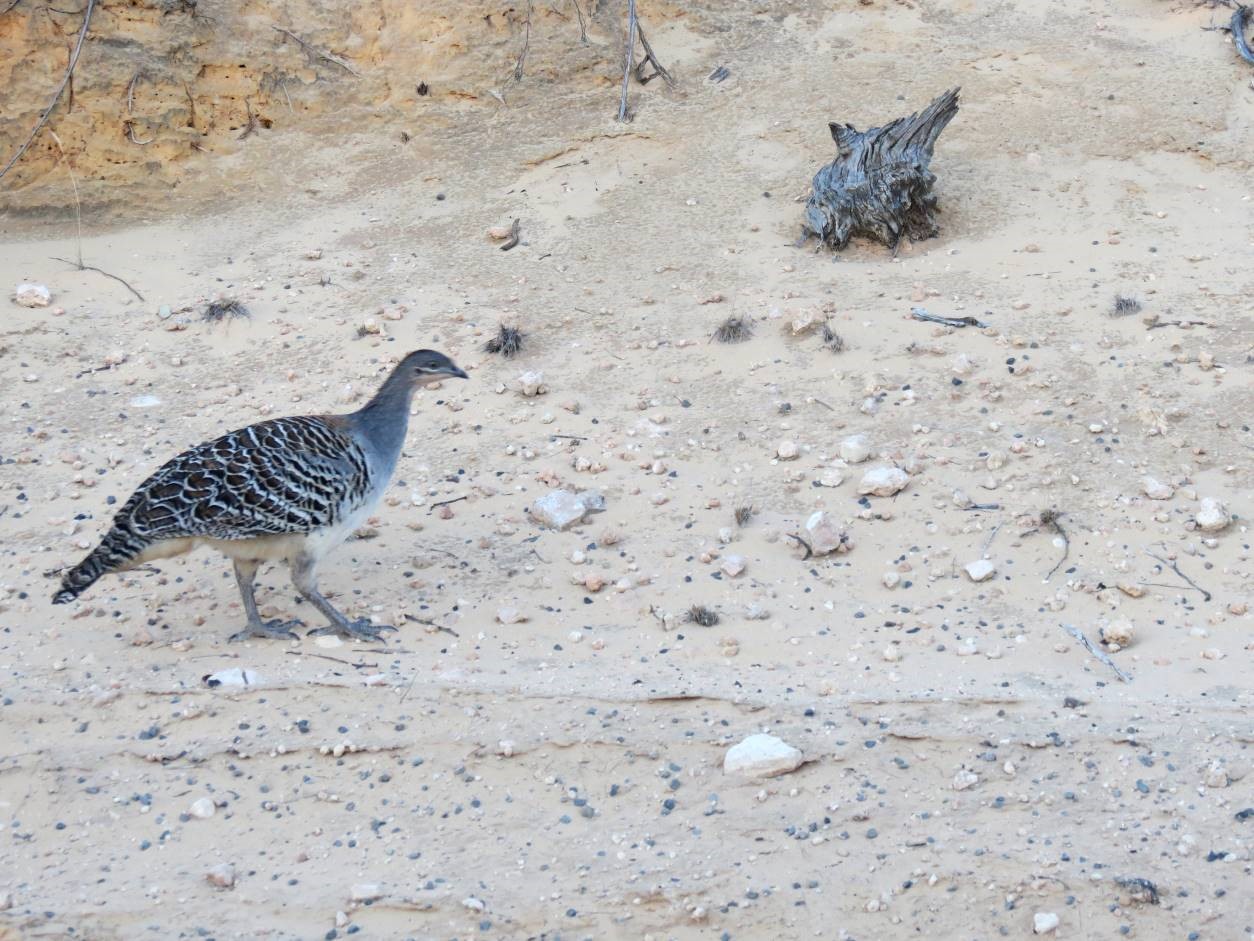
Monitoring malleefowl on a massive scale
Monday, 08 August 2016 -
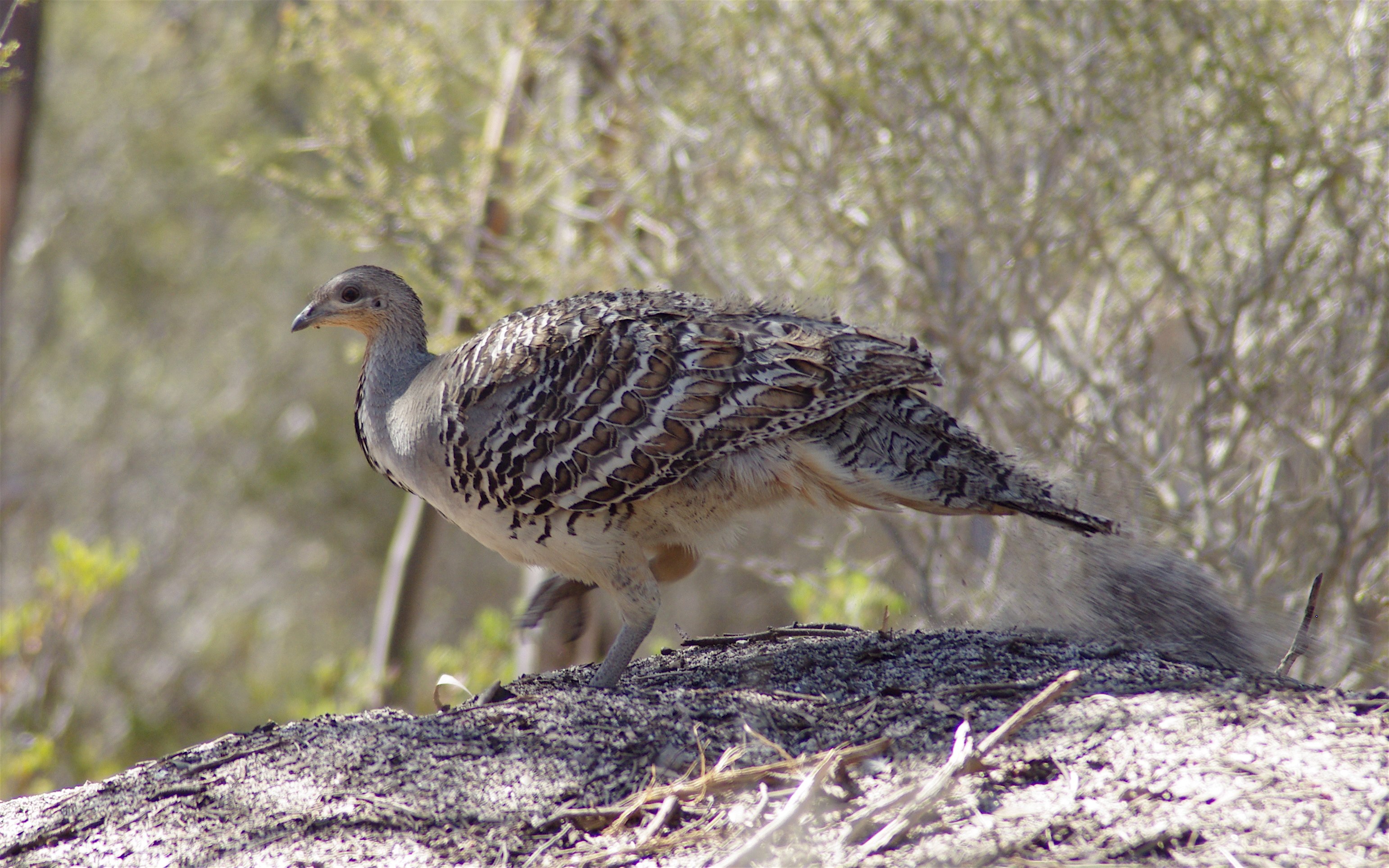
More data to tackle threats to Malleefowl
Thursday, 05 May 2016 -
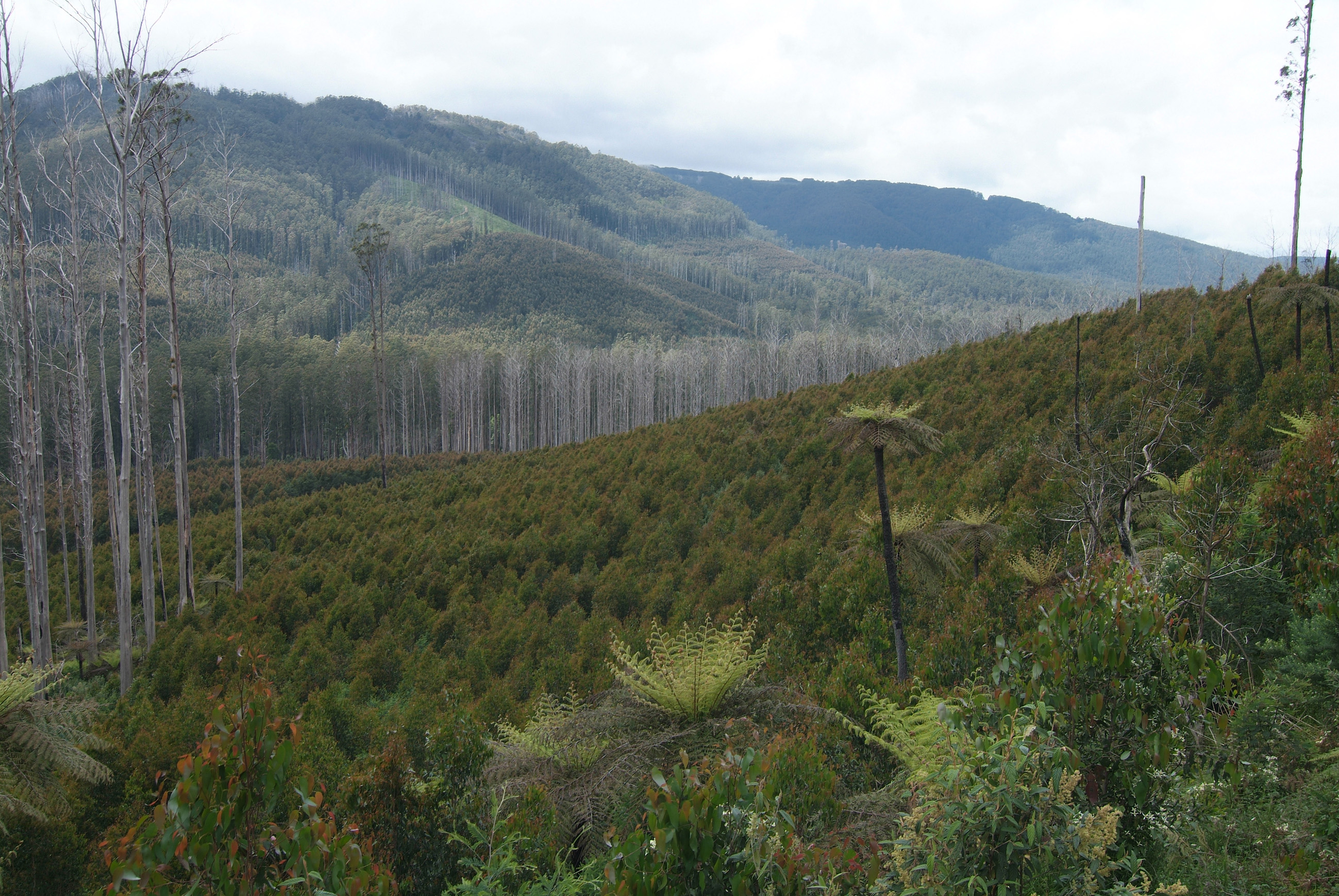
Videos: Environmental Economic Accounts for the Victorian Central Highlands
Monday, 11 December 2017 -
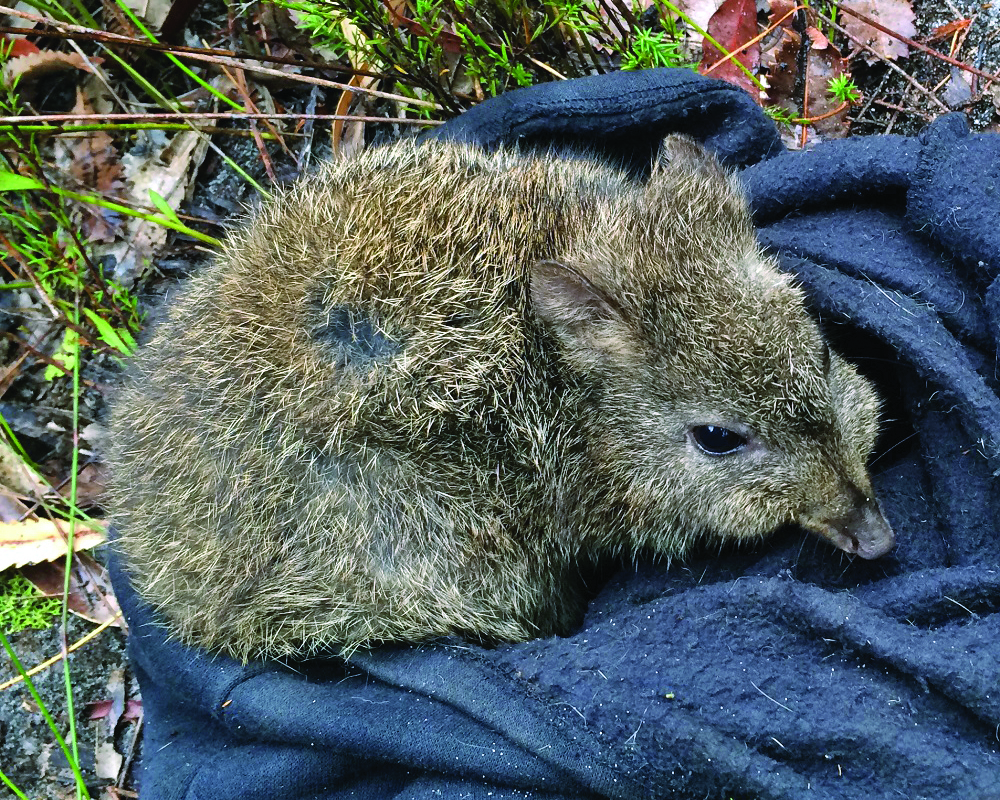
The missing mammals of Booderee
Monday, 24 September 2018 -
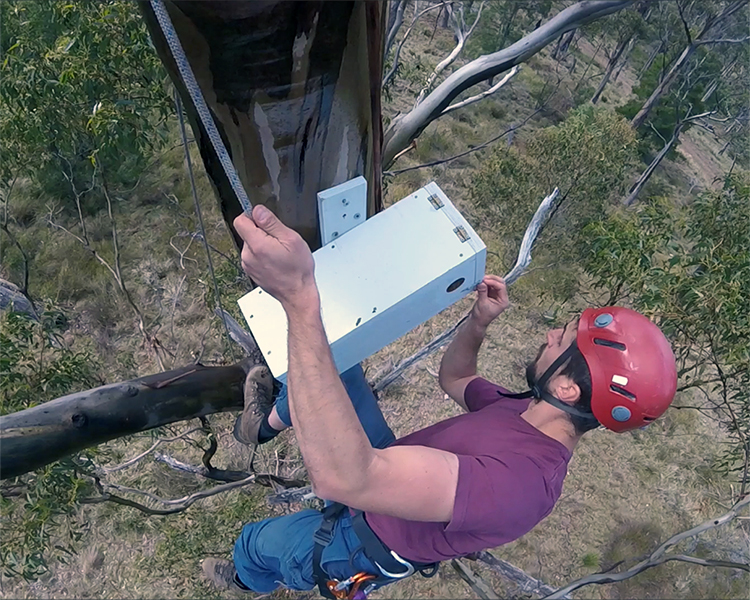
Out of the box - Designing nest boxes for conservation success
Tuesday, 13 February 2018 -
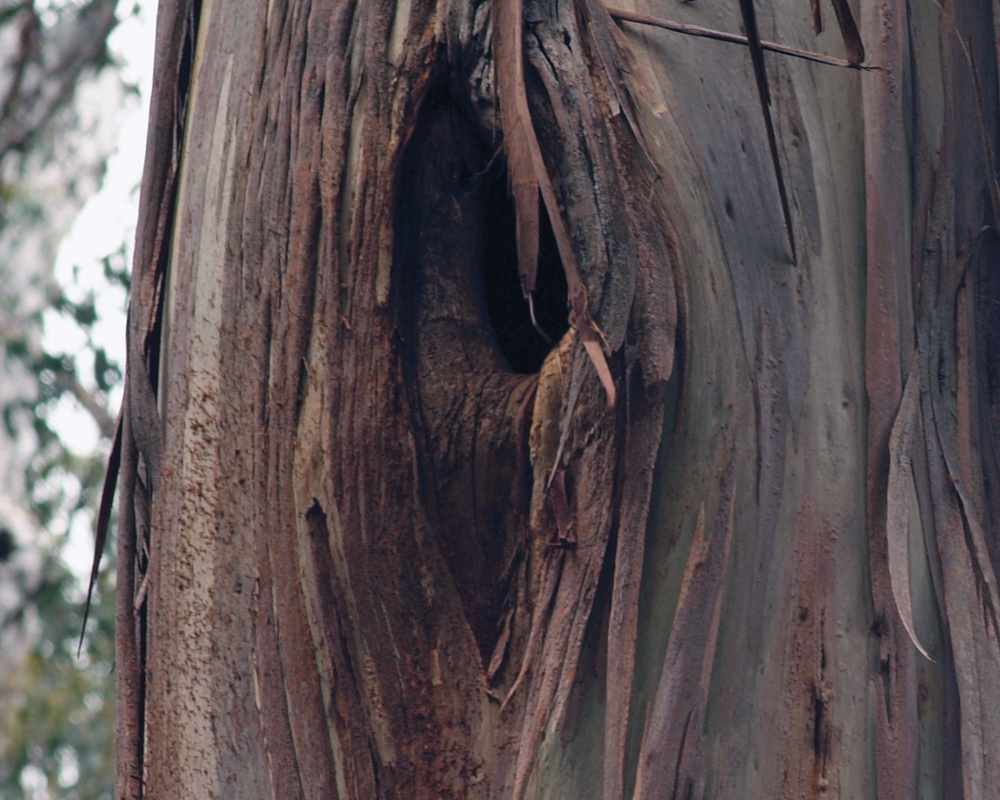
Protecting our mountain giants
Tuesday, 29 May 2018 -
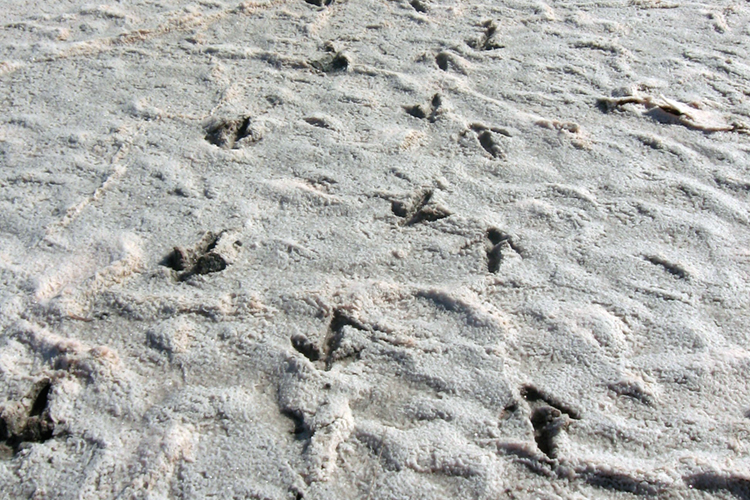
Reading the story written in Australia’s desert sands
Tuesday, 20 August 2019 -
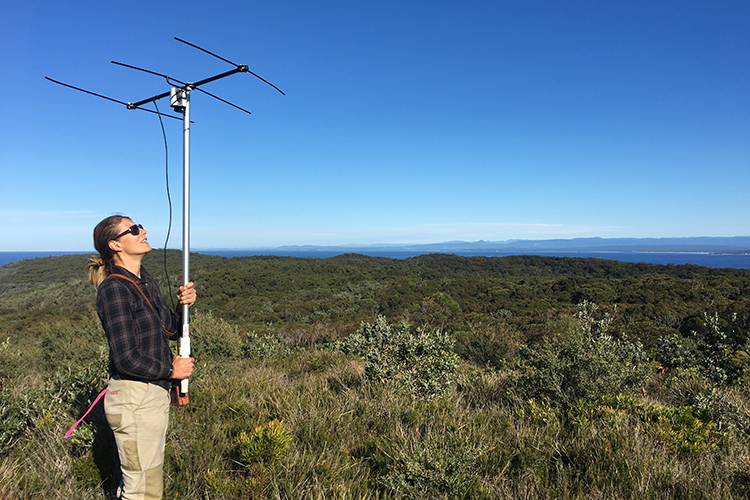
Reasons to be cheerful - Conservation success stories from Booderee National Park
Wednesday, 05 June 2019 -
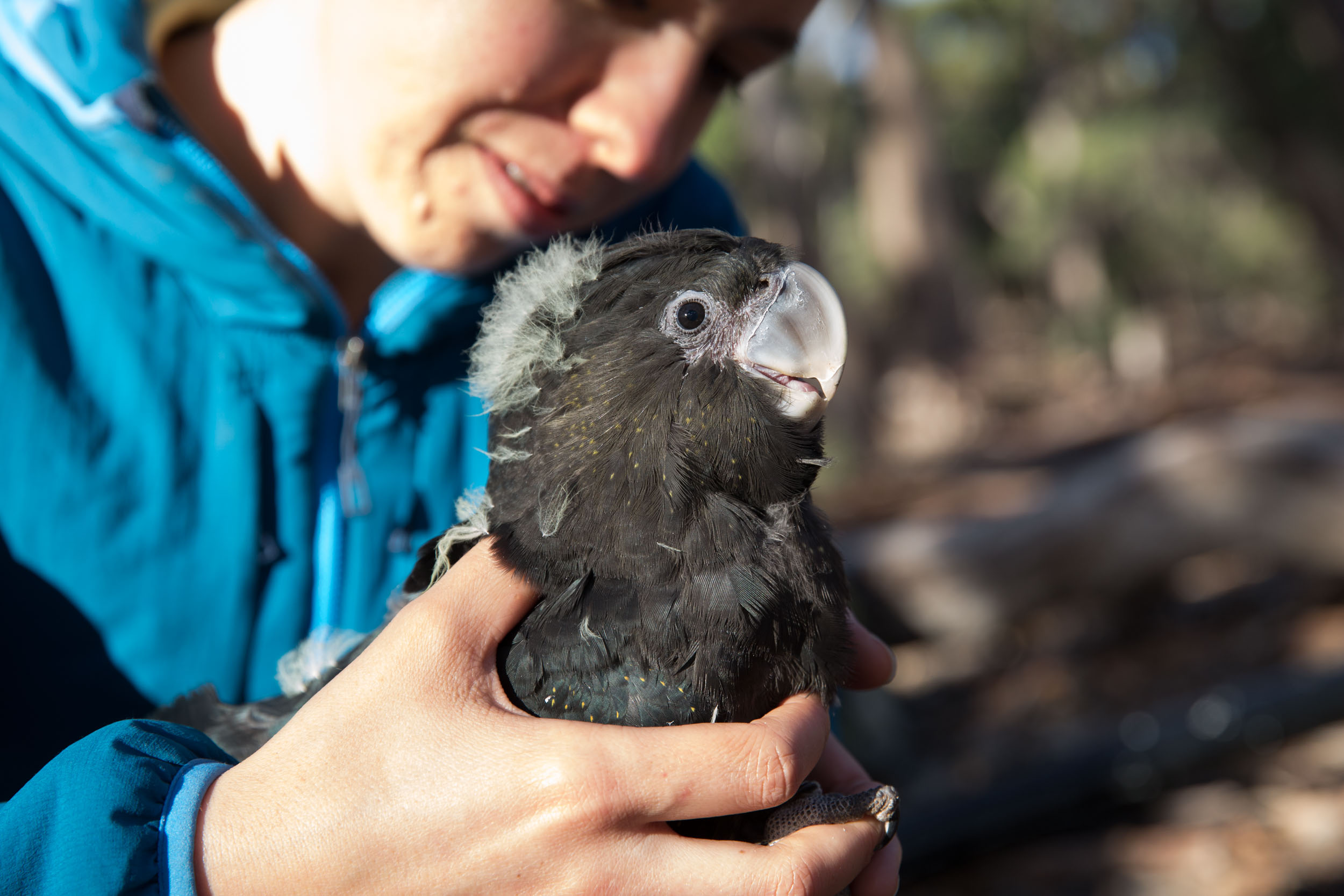
Researchers tune in to nesting calls to help rare cockatoos
Tuesday, 05 September 2017 -
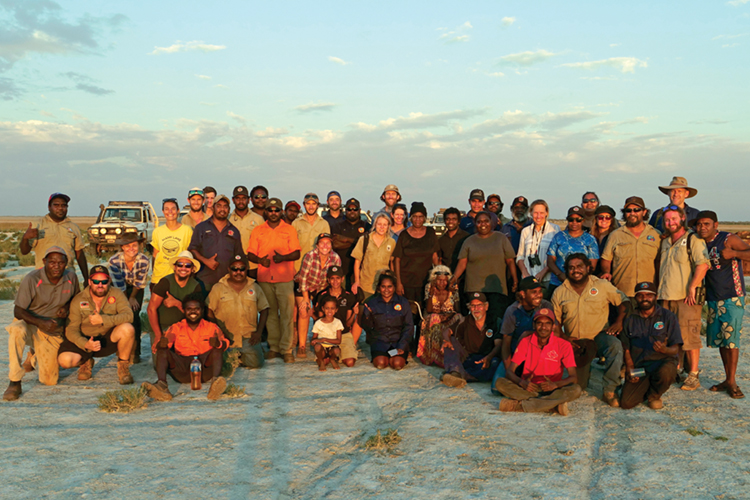
Talking night parrots on Paruku Country
Tuesday, 12 March 2019 -

Trending now: The new Threatened Species Index for Australian birds
Tuesday, 12 March 2019 -
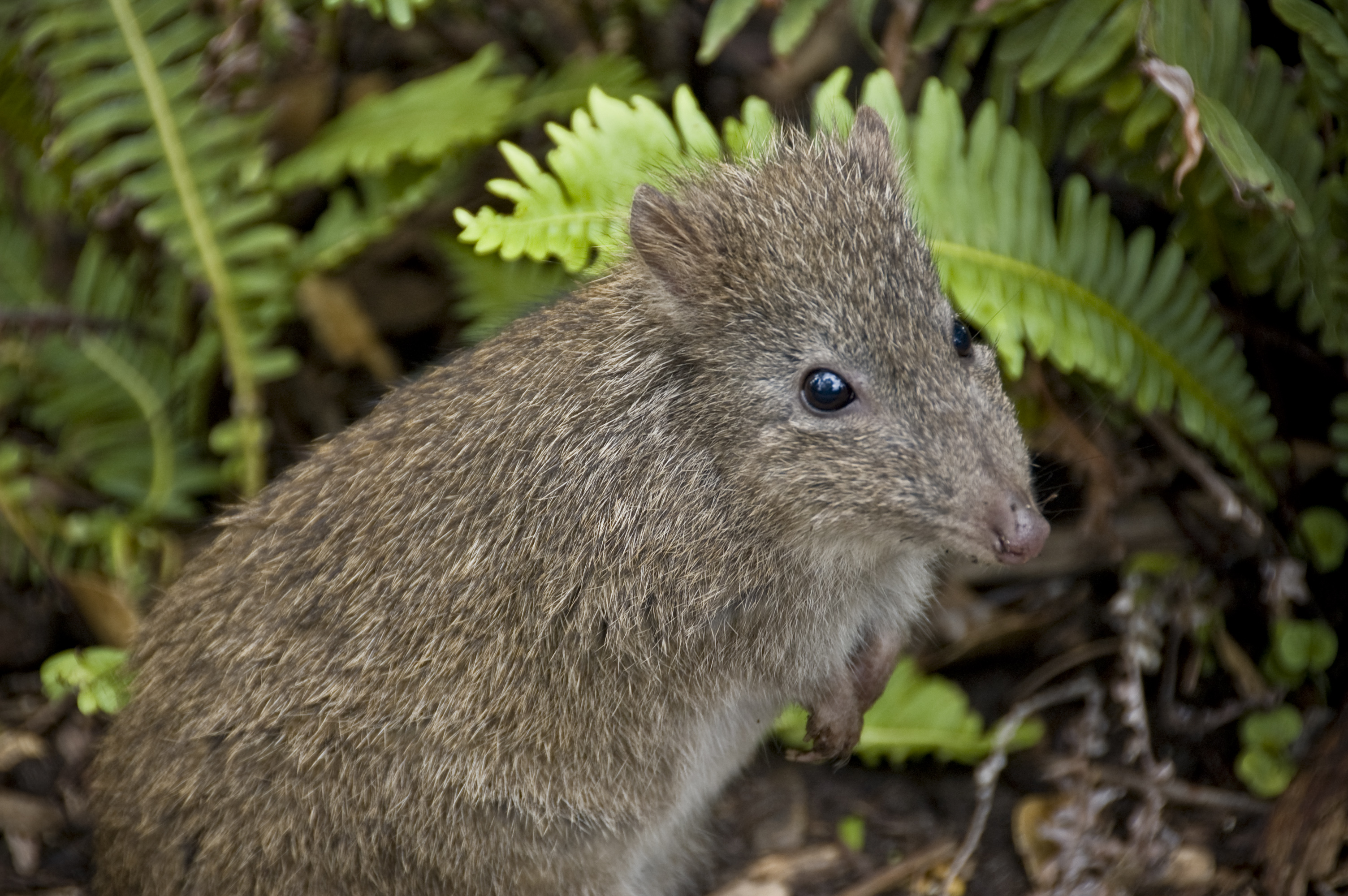
Keeping an eye and ear out for threatened species
Friday, 22 April 2016 -

Measuring return on investment in threatened species recovery
Monday, 02 May 2016 -
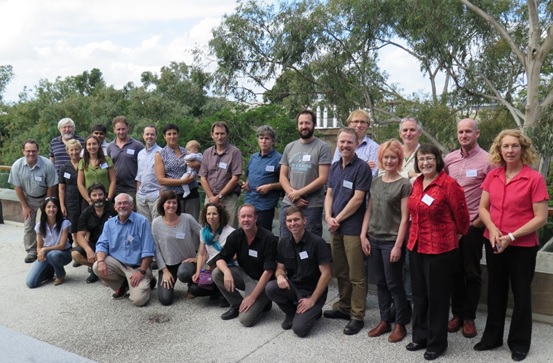
Planning under way for new index
Thursday, 09 June 2016 -
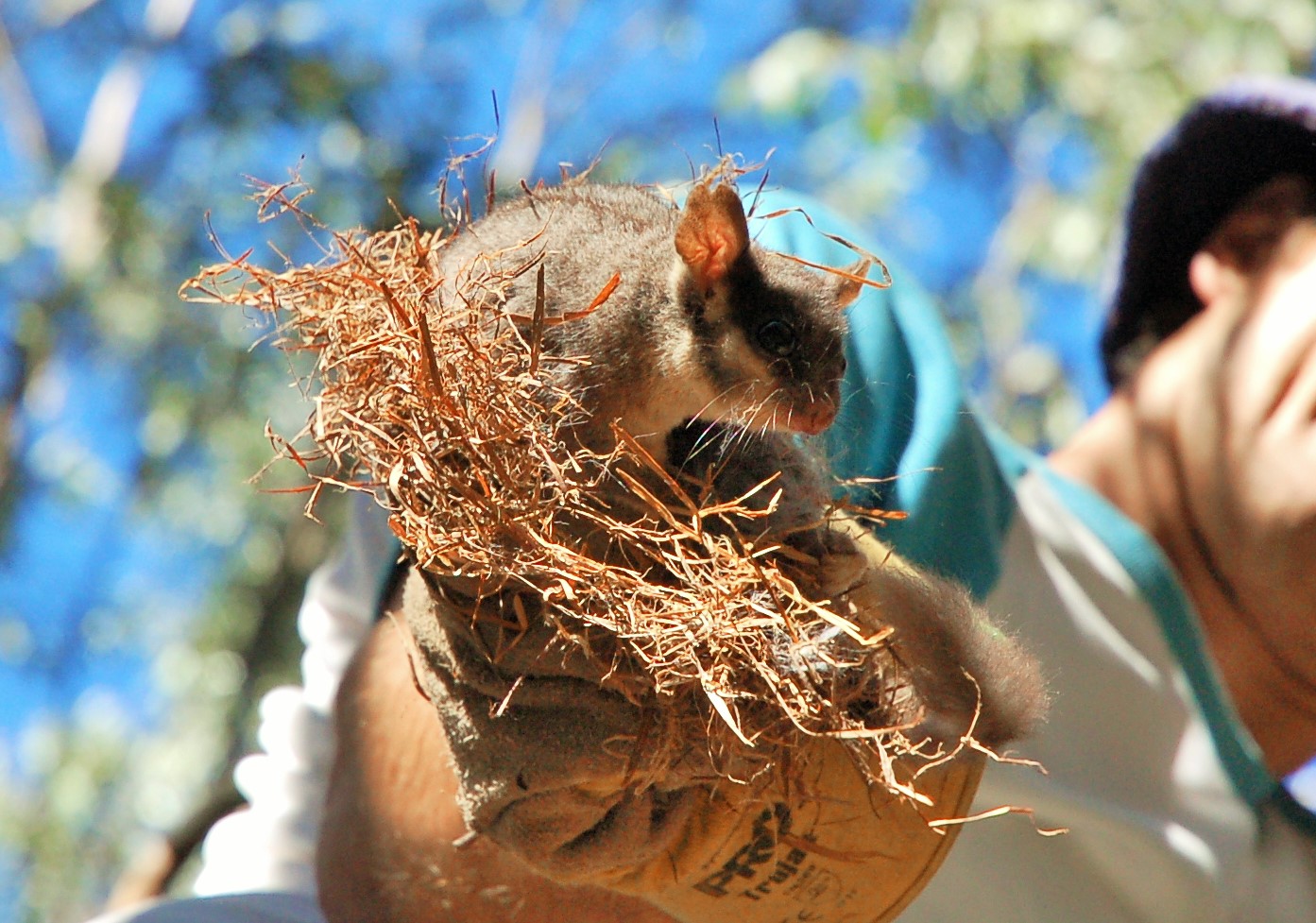
What do Leadbeaters Possums get up to at night?
Thursday, 09 June 2016 -
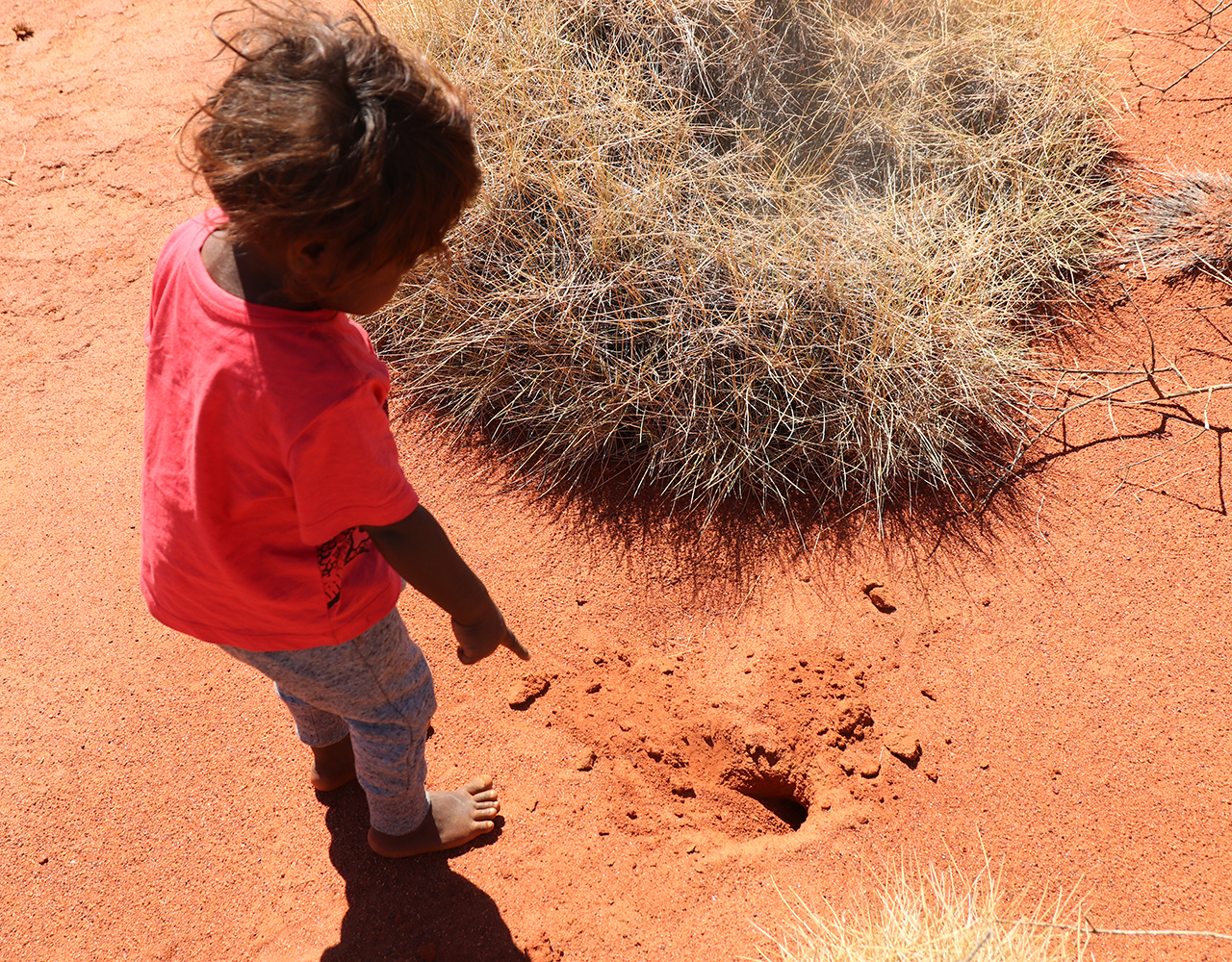
Kids learning to track Mankarr on Martu Country
Wednesday, 28 October 2020 -

Business–Biodiversity webinar series: Putting biodiversity into business decisions
Wednesday, 28 October 2020 -

Building collaboration and two-way science
Sunday, 12 December 2021 -
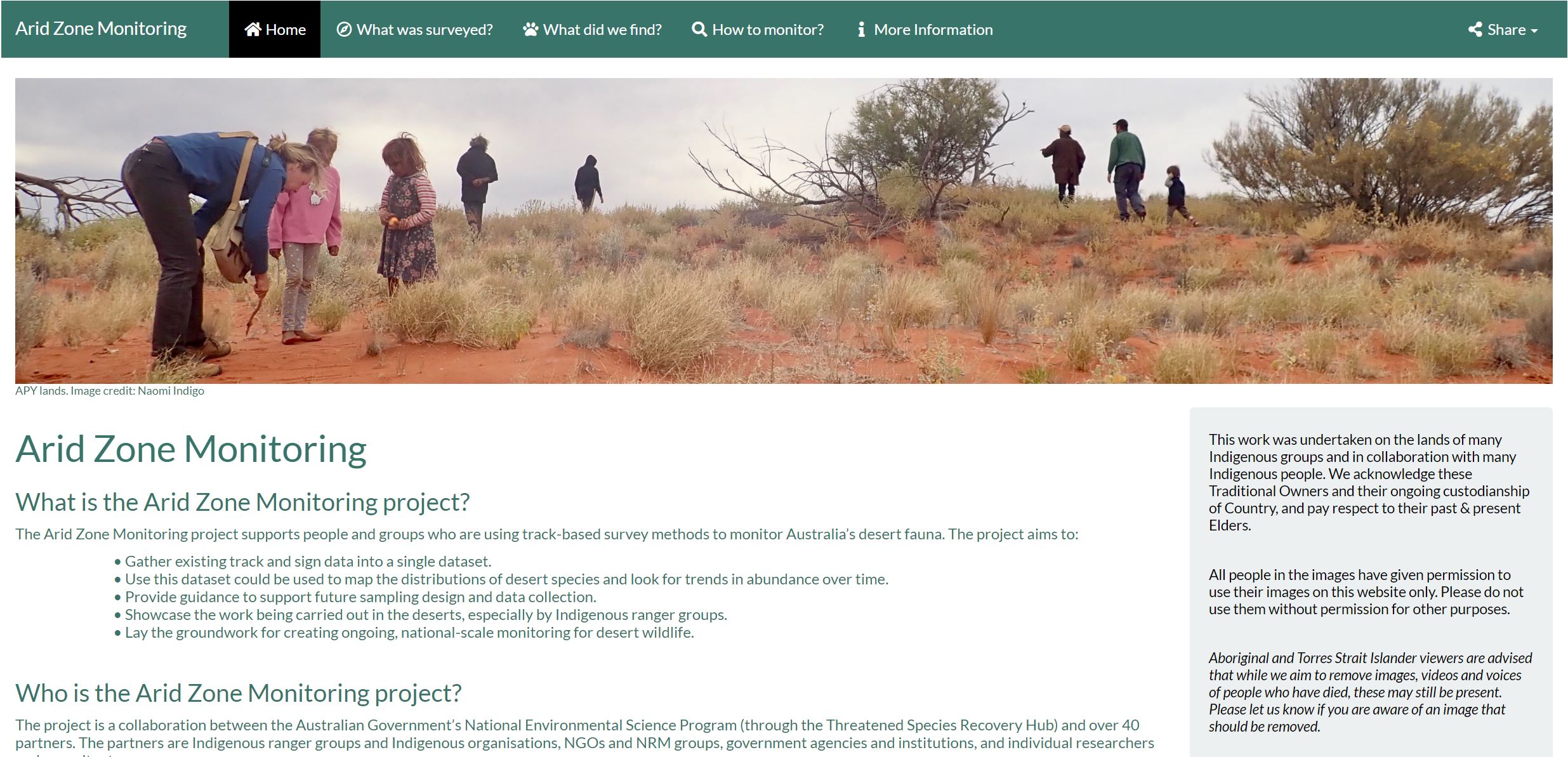
Arid zone monitoring website now live
Tuesday, 14 December 2021 -

Threatened Plant Index of Australia: 2020 Results
Thursday, 03 December 2020
Related Videos
-

Bio-acoustic monitoring in bushfire recovery, helping the Kangaroo Island glossy black cockatoo
Tuesday, 01 September 2020 -

The Threatened Plant Index of Australia: 2020 results
Thursday, 03 December 2020 -

Fallen logs in the forests of the Victorian Central Highlands
Friday, 07 May 2021 -

Species of the Desert Festival 2019
Friday, 27 March 2020 -

Australia’s Threatened Mammal Index
Monday, 20 July 2020 -

Australia's Threatened Bird Index
Monday, 27 July 2020 -

A breakthrough to help fish pass culverts
Monday, 27 July 2020 -

Bio-acoustic monitoring: glossy and red-tailed black cockatoos
Monday, 27 July 2020 -

Pilot release of eastern quolls to the wild on the mainland
Monday, 27 July 2020 -

Nest boxes in the Victorian Central Highlands
Monday, 20 September 2021 -

Reading the sand - Arid Zone Monitoring
Tuesday, 14 December 2021
Publications & Tools
Can the impacts of cold-water pollution on fish be mitigated by thermal plasticity?
Journal articles
Journal articles
How-to guide - Bioacoustic monitoring of black-cockatoo nesting
Tools and guides Findings factsheets
Tools and guides Findings factsheets
Understanding the Spatial Ecology and Habitat Use of Leadbeater’s Possum in Regrowth Forests
Reports
Reports

